Two mornings later Genio
drove me to the airport and I was put on a twelve-seater plane for the one hour
flight to Canaima, a small town deep in the jungle of the Canaima National
Park.
Tourists had been coming here for 30 years so they were quite used to the activity. Planes arrived from several destinations with about 50 people in some six or seven groups all converging on the magnificent sights and taking turns walking behind one of the powerful waterfalls.
It was a wonderful place, quiet, pure, unpolluted water with a dark tannin colour like a strong cup of tea. In the distance were a couple of flat top mountains that attracted unique cloud formations that seemed to grab and hug the mountain tops before being pulled away in a spiralling stream by a random air thermal.
Canaima is set at a unique river junction where the Caroni River pools and flows over six distinct 10 metre waterfalls before flowing the opposite direction north towards Puerto Ordaz. At the base of the falls is a wide bay fringed with tropical white sand and thatched-roof huts set up for tourists, amongst the local stone and brick houses.
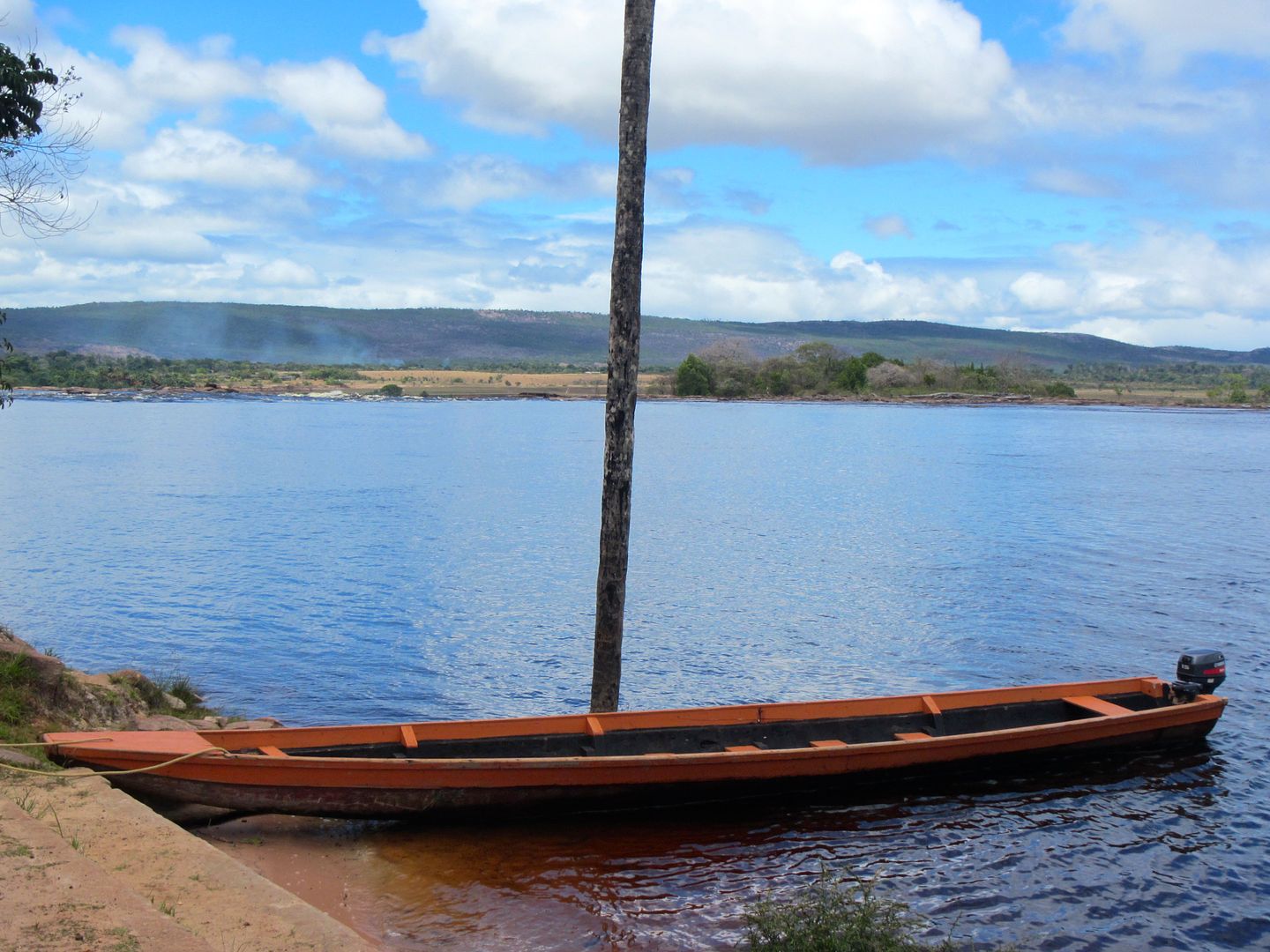
Everything is flown in so prices are much higher than elsewhere but still cheap. Our meals are included and the Kavac tour company has humble rooms and a central mess hall where our prepaid meals are eaten.
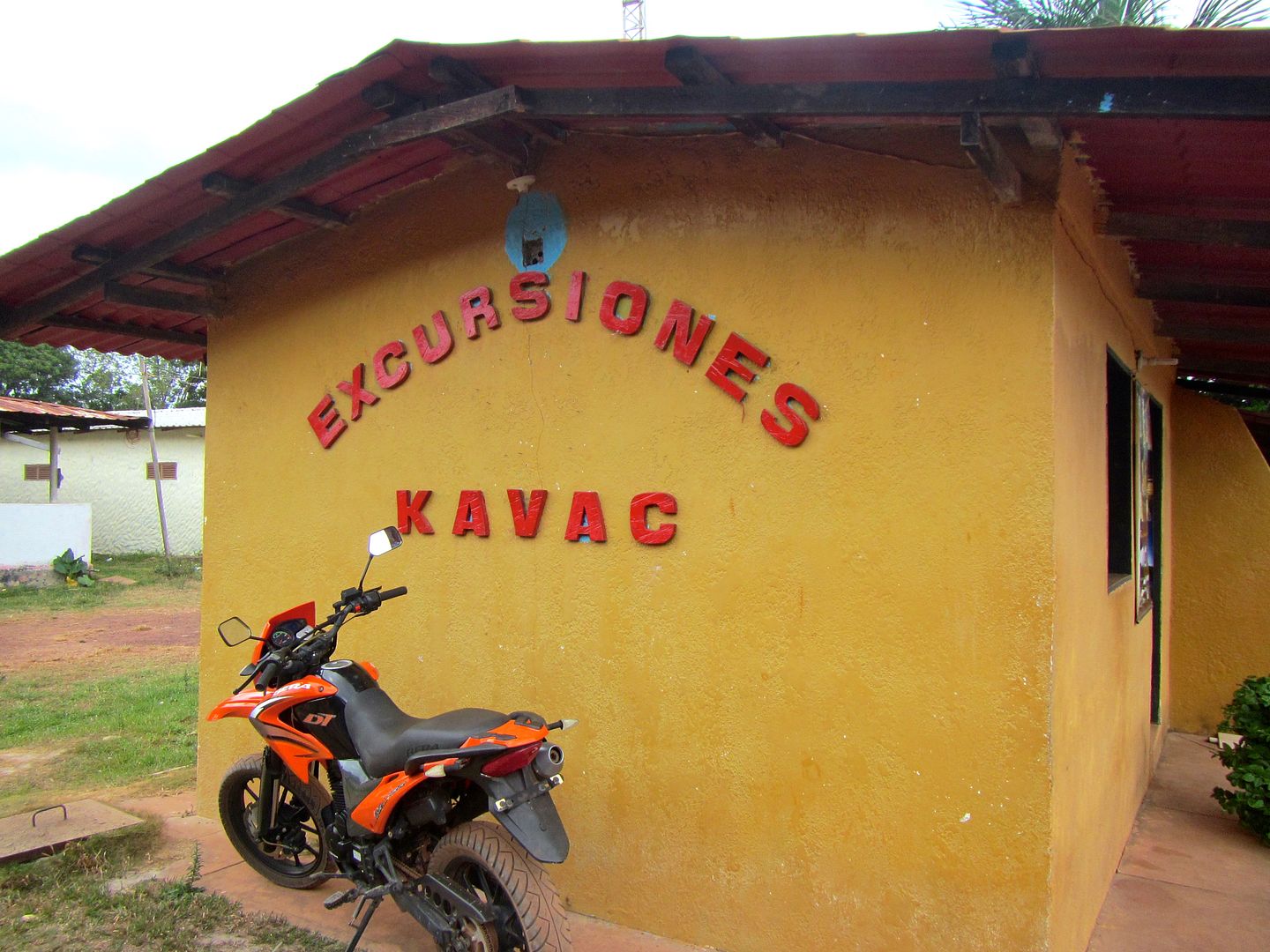 Several different tour companies operated by locals can be determined by their different trucks carting their group for the couple of days around from sight to sight. All busy, but all relaxed, all smiles and nobody in a real hurry.
At 2.30pm we were picked up and driven to the sandy beach, loaded into a long red boat boat and driven across the lake to each of the waterfalls. We rode the boat close to the falls that sprayed us with white water and tossed us around in the churning water beneath. Berthing slightly down river we walked behind one of the waterfalls as the thunderous crashing of water filled the senses with noise, spray, wind and the smell of green mosses. The heavier fall was impossible to see through and walking behind tons of cascading water reminds one of our fragility, the water capable of crushing a person to death. Wondering at this marvel for some time we were then led along a narrow beach to a path that took us to the top of another two waterfalls. The dry season was apparent here as we stood on rocks that obviously were part of the wider falls in higher flow times. It is the dry season.
Several different tour companies operated by locals can be determined by their different trucks carting their group for the couple of days around from sight to sight. All busy, but all relaxed, all smiles and nobody in a real hurry.
At 2.30pm we were picked up and driven to the sandy beach, loaded into a long red boat boat and driven across the lake to each of the waterfalls. We rode the boat close to the falls that sprayed us with white water and tossed us around in the churning water beneath. Berthing slightly down river we walked behind one of the waterfalls as the thunderous crashing of water filled the senses with noise, spray, wind and the smell of green mosses. The heavier fall was impossible to see through and walking behind tons of cascading water reminds one of our fragility, the water capable of crushing a person to death. Wondering at this marvel for some time we were then led along a narrow beach to a path that took us to the top of another two waterfalls. The dry season was apparent here as we stood on rocks that obviously were part of the wider falls in higher flow times. It is the dry season.
Tourists had been coming here for 30 years so they were quite used to the activity. Planes arrived from several destinations with about 50 people in some six or seven groups all converging on the magnificent sights and taking turns walking behind one of the powerful waterfalls.
It was a wonderful place, quiet, pure, unpolluted water with a dark tannin colour like a strong cup of tea. In the distance were a couple of flat top mountains that attracted unique cloud formations that seemed to grab and hug the mountain tops before being pulled away in a spiralling stream by a random air thermal.
Our Pemón guides spoke English and were tranquil and friendly with that wealth of local lore hiding behind their round brown faces and smiling eyes. They communicated with each other in local language and they spoke Spanish of course. They are masters of their river system, sensitive to the regular ebbs and flows, changing heights of the water depending on the volume of rain upstream. The magnificent long, narrow boats were carved by hand from a single tall tree, the handcraft of thirty skilled craftsmen taking a month for each one.
Now powered by a 50hp outboard, they skilfully manoeuvred between rocks, up and down rapids and pin-point their berthing at previously invisible set points, perfect stepping stones from the boat to the land for passengers.
School, shops, life as usual continues for the Pemón community around the resort-like buildings. Five fit-looking young men walk back from the oval, passing the soccer ball; three 12yo girls in school uniform of blue tunic and white blouse run past laughing with their long straight hair flowing like a horses mane behind; young mothers walk with babes in arms and young boys can be seen darting up alleys between buildings.

 Several different tour companies operated by locals can be determined by their different trucks carting their group for the couple of days around from sight to sight. All busy, but all relaxed, all smiles and nobody in a real hurry.
Several different tour companies operated by locals can be determined by their different trucks carting their group for the couple of days around from sight to sight. All busy, but all relaxed, all smiles and nobody in a real hurry.
Eventually we walked back to
the boat and we were treated with a colourful rainbow over one of the falls as
we pulled up on the shore where we had started.
The skies were cloudy but not threatening rain, still we had our raincoats on hand. The boat took us up the wide river for thirty minutes with one imposing flat top mountain in view as we passed the undulating landscape with low shrubs and not a lot of trees. Stopping at a small bank we had to walk for thirty minutes past a small village while the boat handlers took the craft up through the rapids ahead. For safety they didn’t take passengers up this part.
We walked in a group past
some small native huts and a school that was set on a rise with the backdrop of
flat-top mountains that again attracted surreal cloud formations sitting atop
like cotton wool.
The light brown clay and sandy track took us through low shrubby land that was dry and as the sun emerged from behind the clouds it became hot. The river was to our right and ahead another imposing mountain raised it’s clouded head in the distance with the wide lake-like portion of the river coming into view in the foreground.
The light brown clay and sandy track took us through low shrubby land that was dry and as the sun emerged from behind the clouds it became hot. The river was to our right and ahead another imposing mountain raised it’s clouded head in the distance with the wide lake-like portion of the river coming into view in the foreground.
There were many more small rapids along the way, some swirling smooth water in contorted shapes around large worn rocks and other areas covered with smaller pebbles and rocks caused a choppy turbulence the width of the river. The skilled boat handler picked his route deliberately around each rapid with the occasional bow wave spraying into the boat.
Large walls of flat-top rock sprouting numerous waterfalls on all sides from the ever-present cloud forests. We were in the land of the giants. The jungle was close as we manoeuvred around rapids with old trees bowing into the water, unusual ancient flowers bursting with their spindly petals from twisted green bases, and bright pink orchids, the first for the season, appearing in some places.
The highest waterfall in the world at 979 metres was beckoning and compelling me with its majesty. Winding through some more jungle we came to our camp, a simple iron-clad shelter with a dozen hammocks hanging from the rafters. This was wet tropical rainforest at its virgin best. The smell of the water acting on the soil filled the nostrils with a freshness long forgotten in our busy cities; pure water laden with minerals and unpolluted flowing over sand and rocks from ancient times. The dank darkness of the forest has a welcoming feel like being hugged by a huge living blanket, the still air and humidity you can taste.
The path became rocky and entwined with an impossible mass of roots as we picked our way slowly forward. Halfway in the incline started as we climbed several hundred metres over rocks and tree roots, the barely detectable path winding through the darkness of the forest and the thundering sound of the falls becoming louder with every step. Up, up, up until as if by magic a hole opened up on the right in the vegetation with a large rock perched on the edge of the cliff. An old weathered sign read ‘Salto Angel Mirador’ as I climbed onto the rock and had my first real view of the majestic falls.
What a sight. Stretching high into the sky to the top of the Auyantepu Plateau where recent rains had increased the flow, creating two flow points from the heights.
The incredible distance that
the water needs to fall causes it to vaporise spreading wide, balls of vapour
playing games of swirl and hide, the differing weight of vapour balls causing
beautiful patterns and making the falls look like they are alive. At the base,
the vapour lands over a wide area where it quickly joins into larger drops that
develop into a raging torrent, flowing a few hundred metres to a powerful 15m high
cascade into a pool, before thundering its way down to the river below. It is a
mesmerising sight, one that I know I am privileged to see and a place that few
people will ever have the opportunity to visit in their life. I sat and stared
and meditated on this ancient hub of energy unable to imagine how many lives of
men have passed while water drops continually to feed the river below. In 1937
when Jimmy Angel crashed his plane on the plateau above it must have been a
life changing event, finding these falls that bear his name, a natural wonder
that eclipses any engineering feat we cleverly build in this modern age.
Eventually we made our way back to camp where our
guide Carlos and his two boat handlers cooked us a basic meal of chicken,
vegetables and rice.
I sat and had a couple of rums with the guides
and tried to explain that my family were living in Australia where the time was
16 hours ahead, a mind-blowing concept to men who have never been out of their
village, let alone country or continent. It was funny watching their faces
while describing the concept with a piece of round fruit and a torch.
I peaceful night in the jungle, swinging in the
hammock and it was time for a quick breakfast, packing up and back in the boat
for the downstream return trip. Riding the rapids of the now clearly shallower
river was fun and the skills of the driver apparent. The beautiful lush jungle
with tepui mountains still filling our senses as the adventure wound into the
plains and along the last stretches of river to the starting point in Canaima.
As if scripted, a small Cessna plane flew some thirty or forty metres above the boat heading up the river, giving a dangerous and illegal thrill to the occupants, an experience I was to go through myself later that day.
As if scripted, a small Cessna plane flew some thirty or forty metres above the boat heading up the river, giving a dangerous and illegal thrill to the occupants, an experience I was to go through myself later that day.
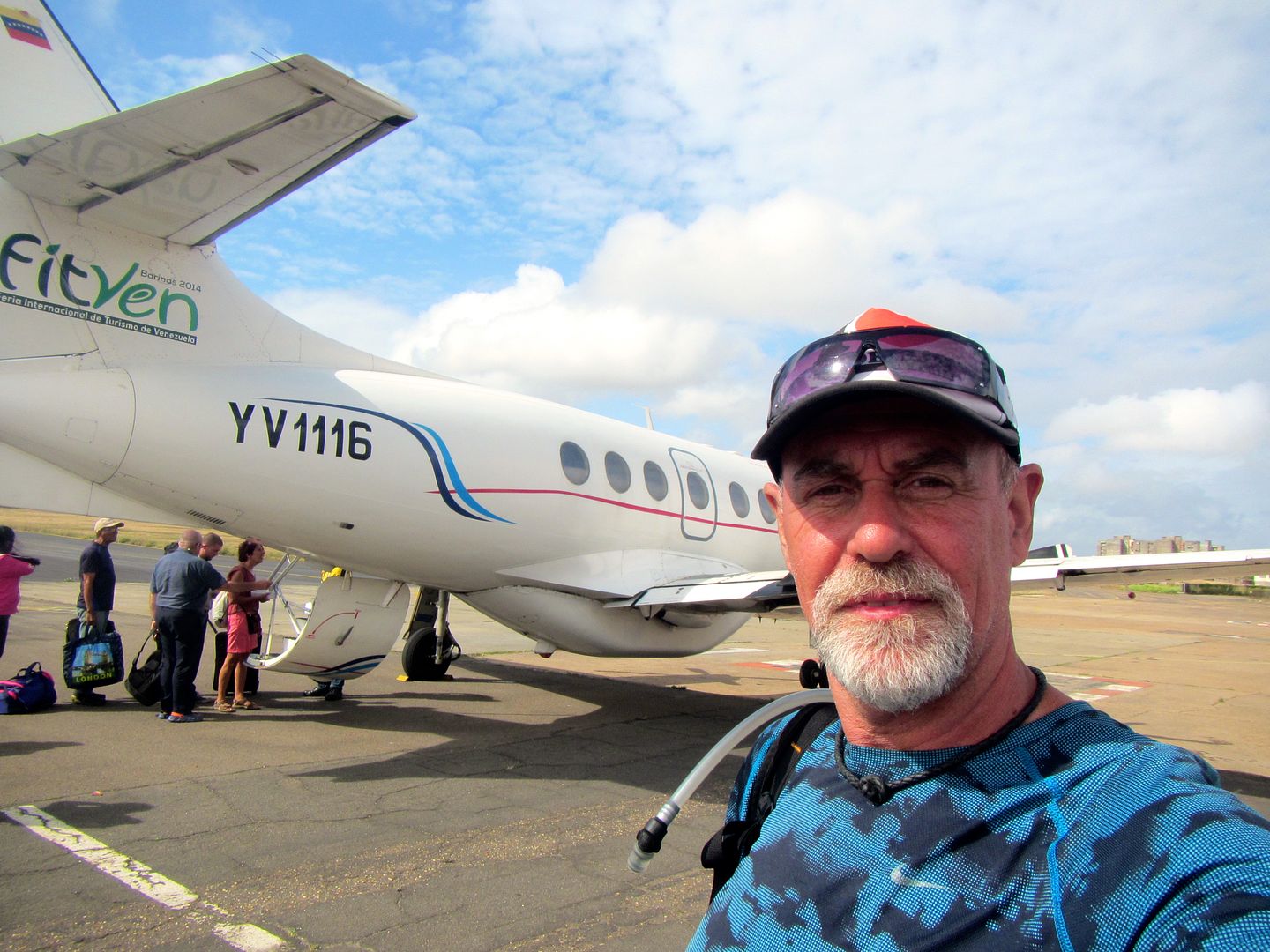
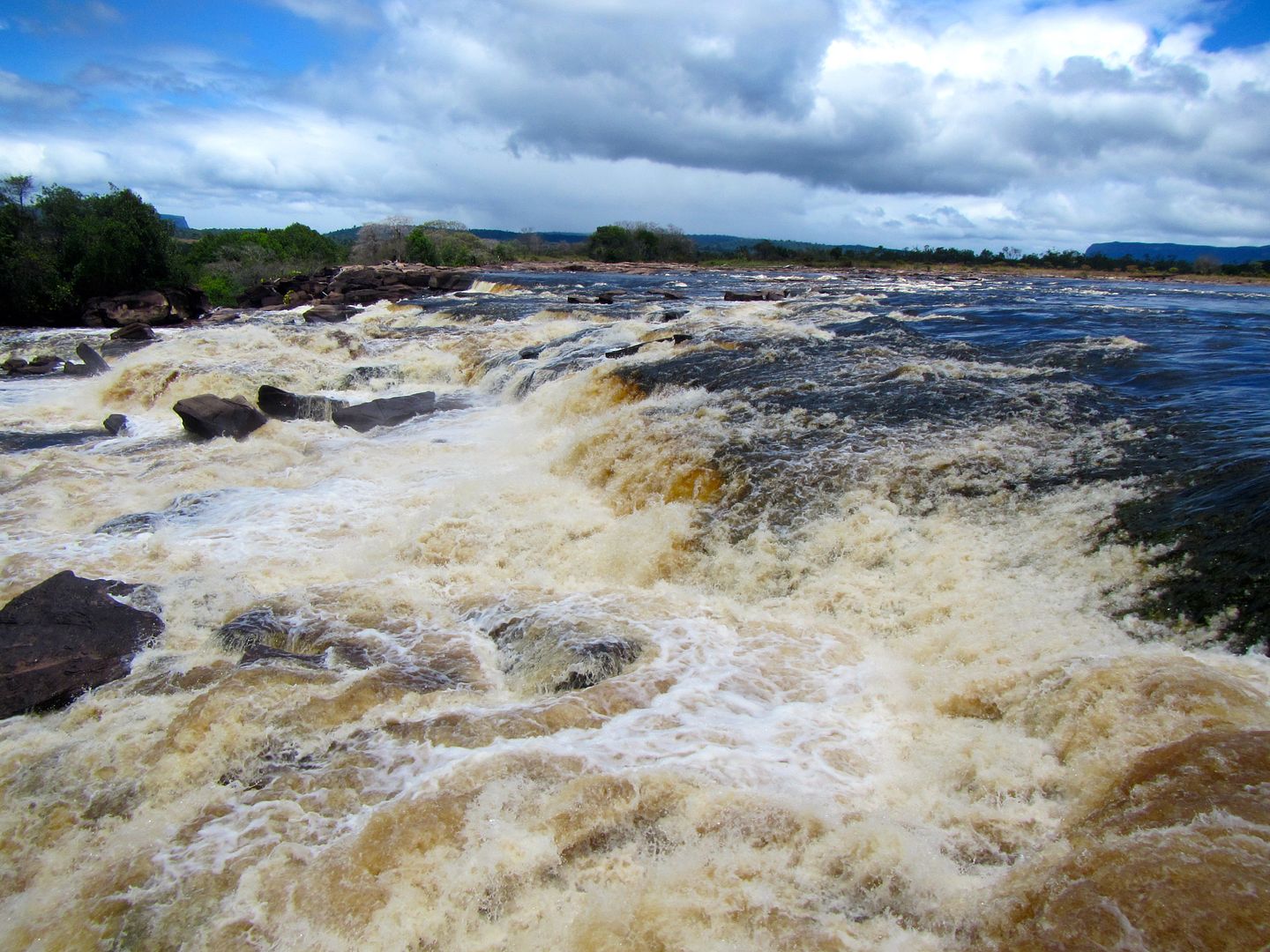
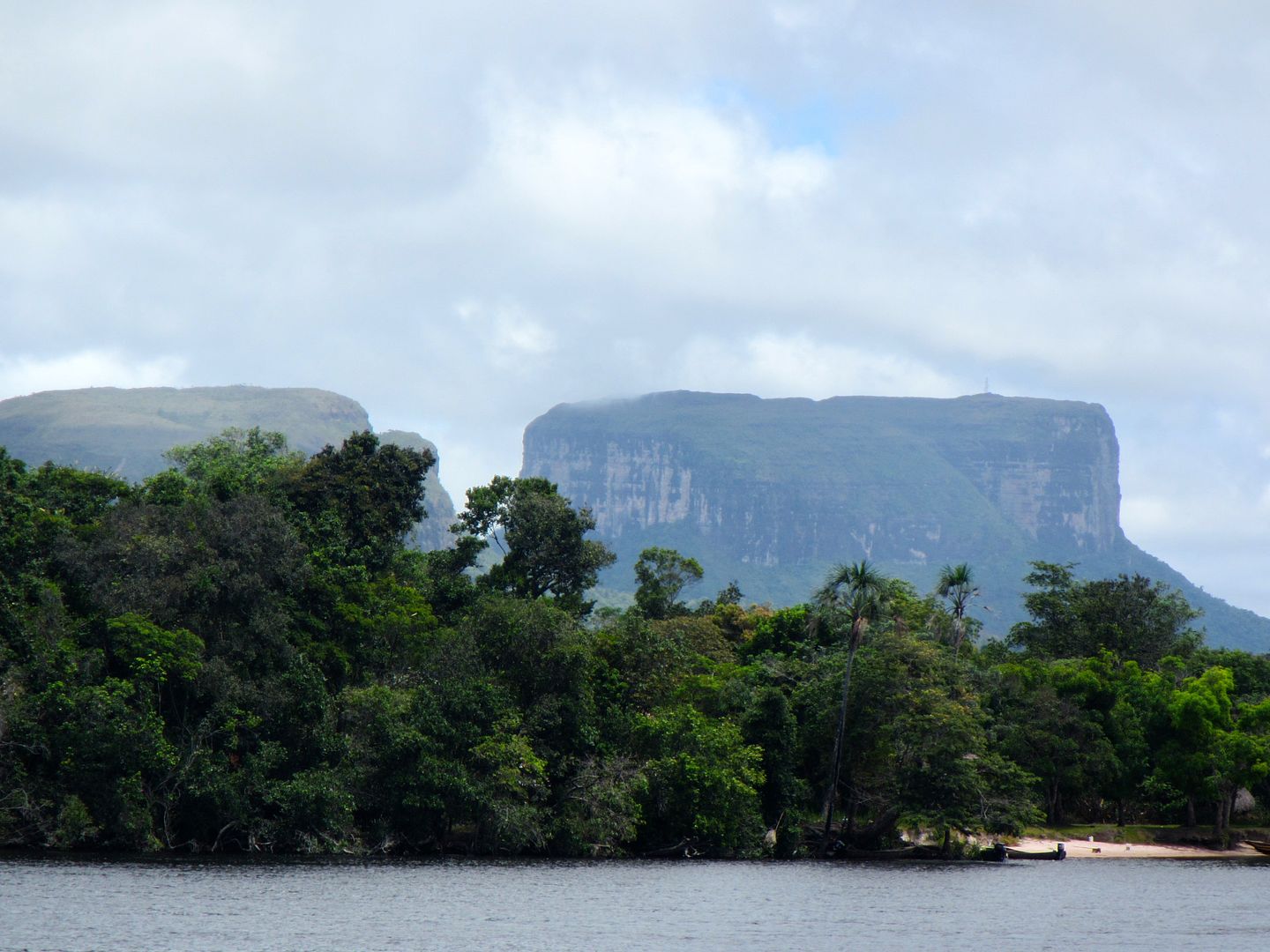
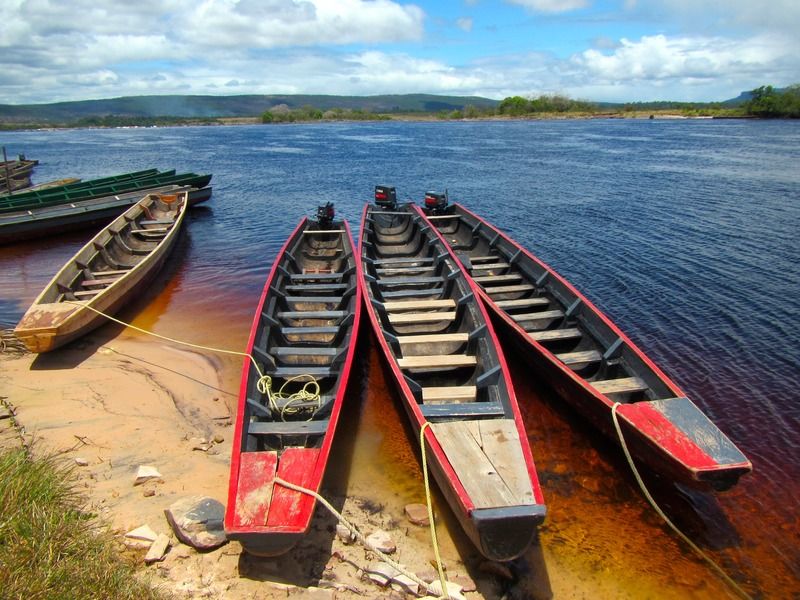
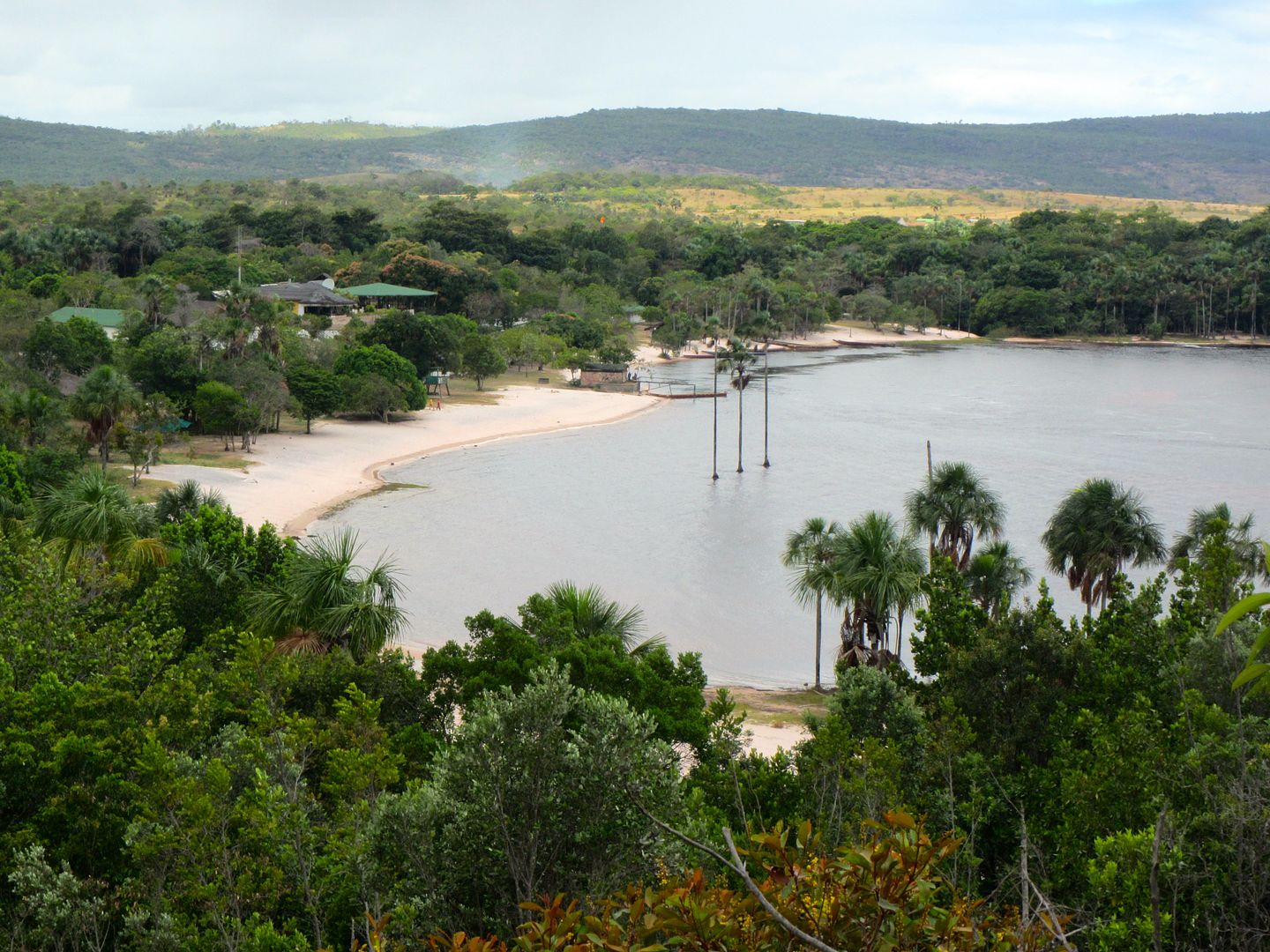
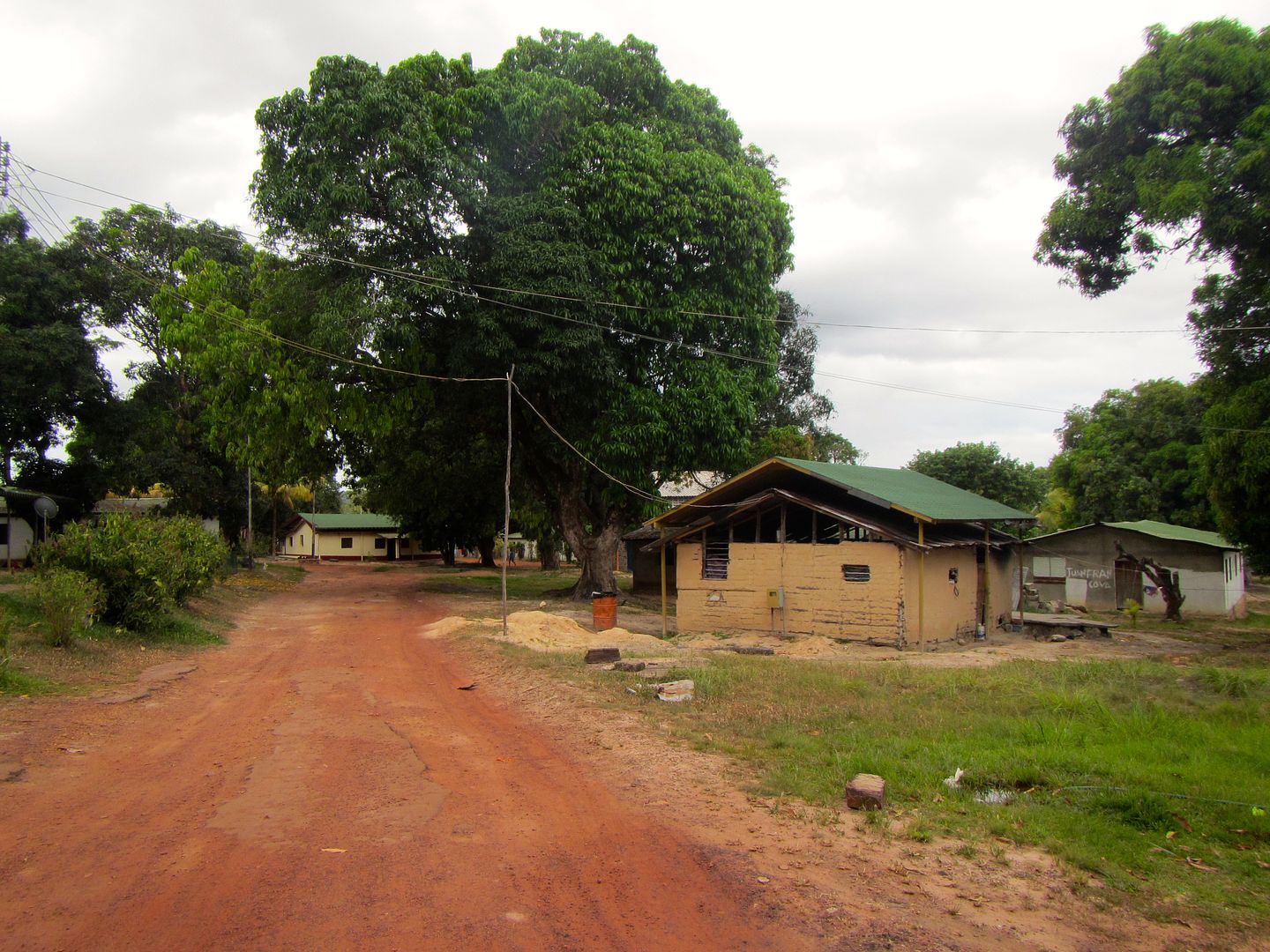
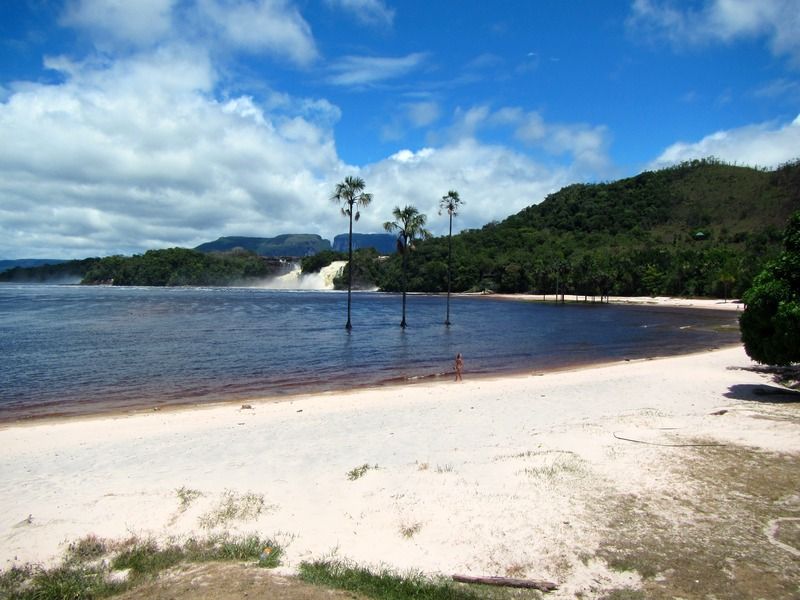
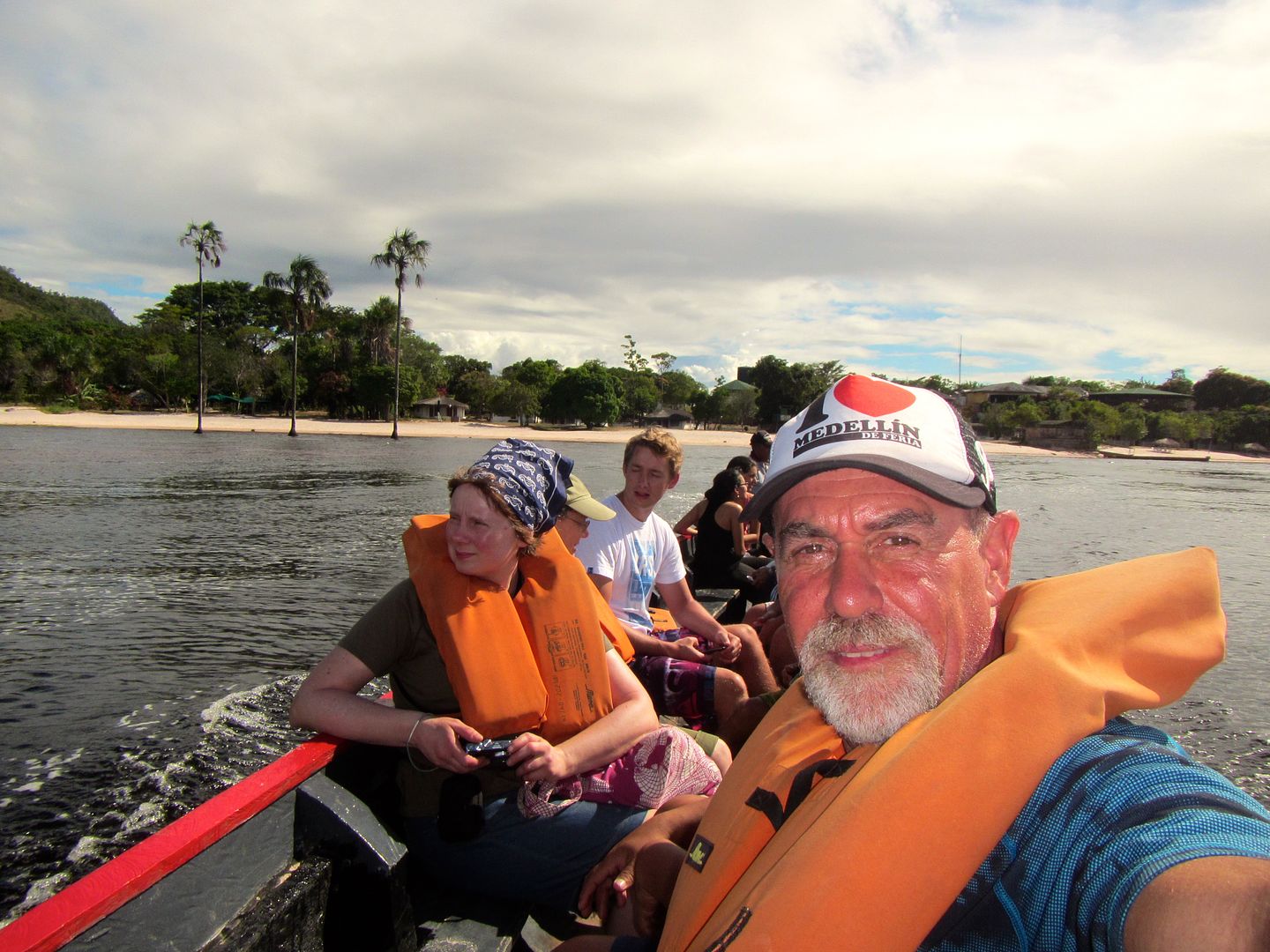
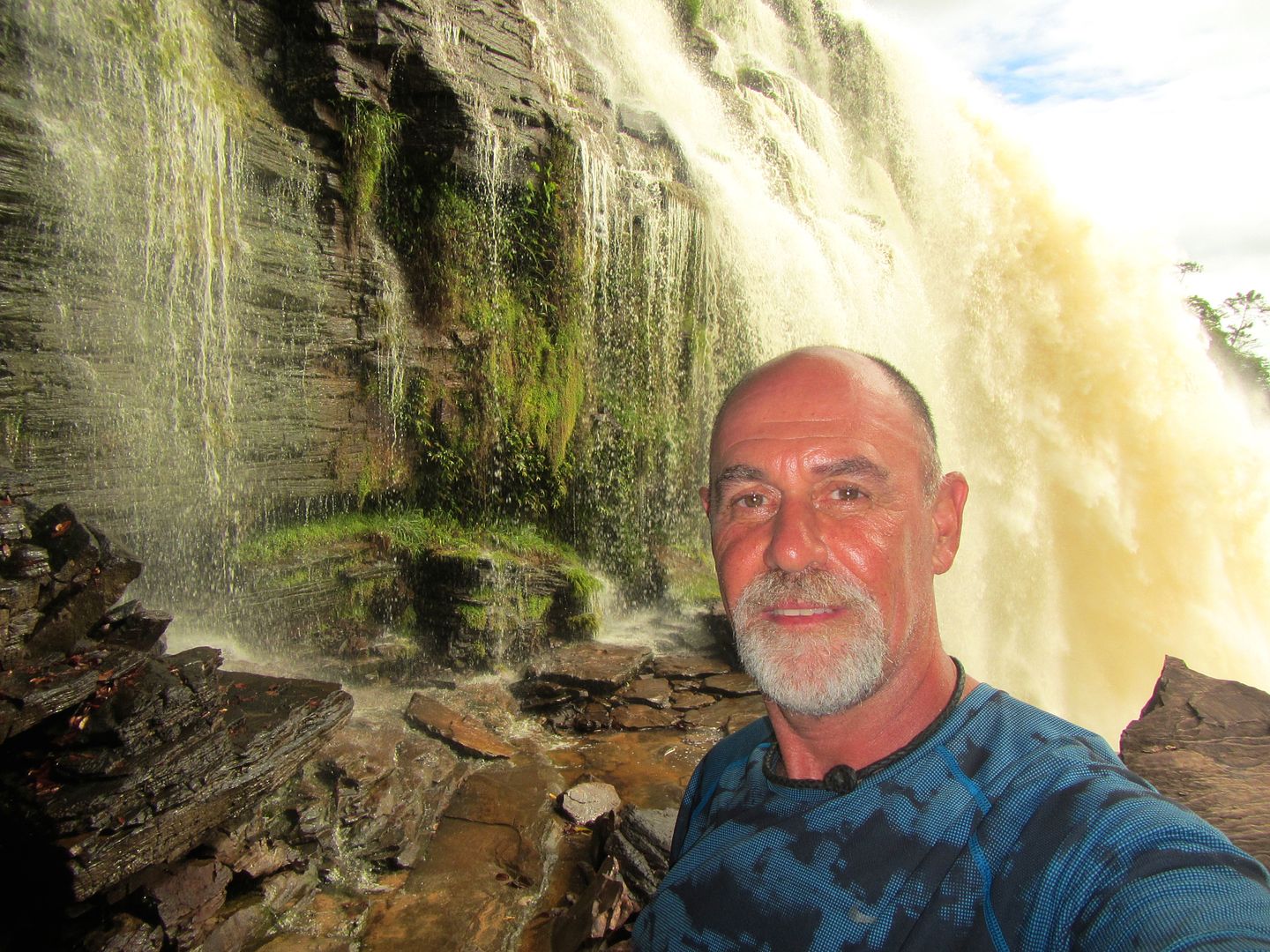
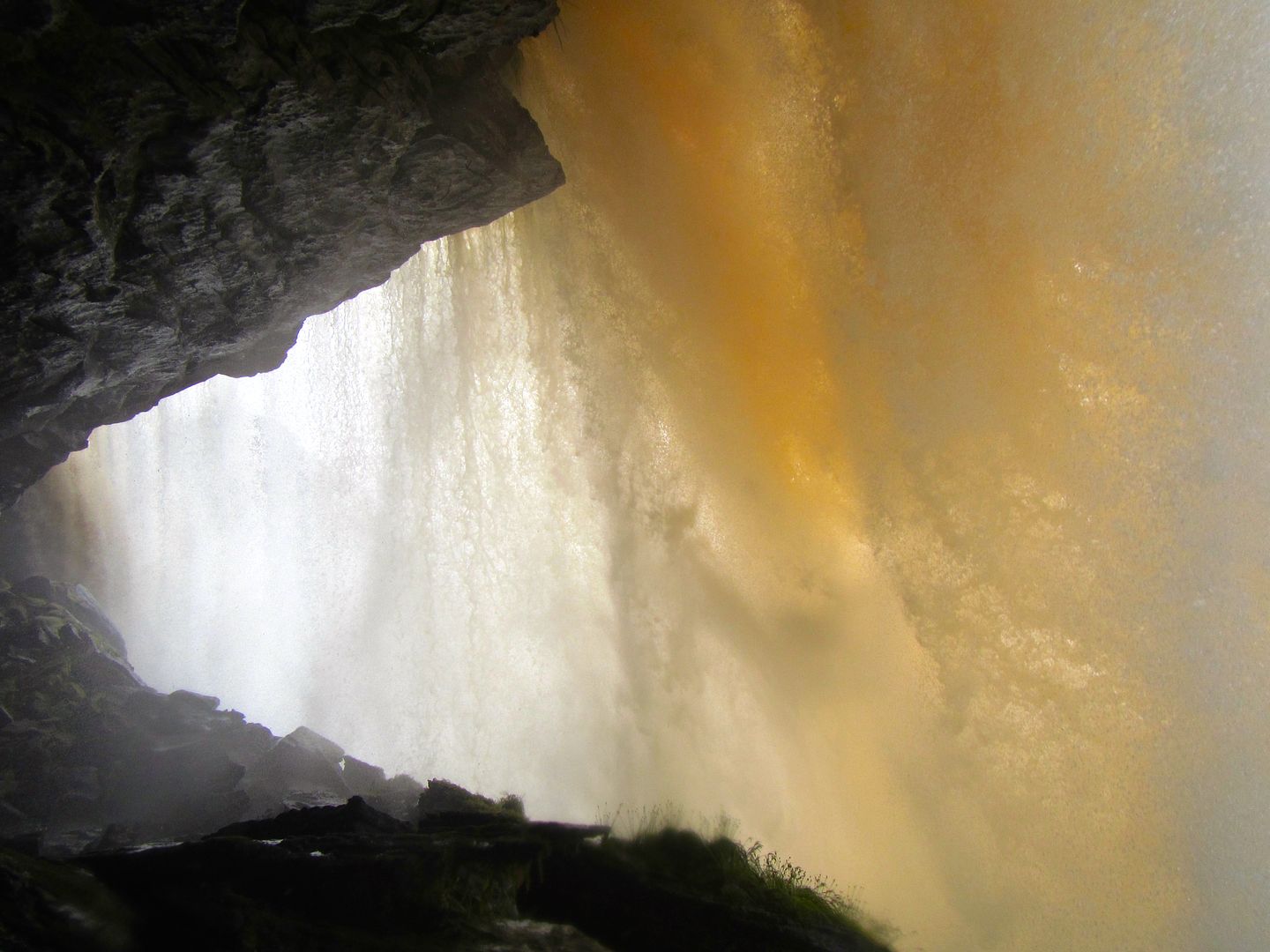
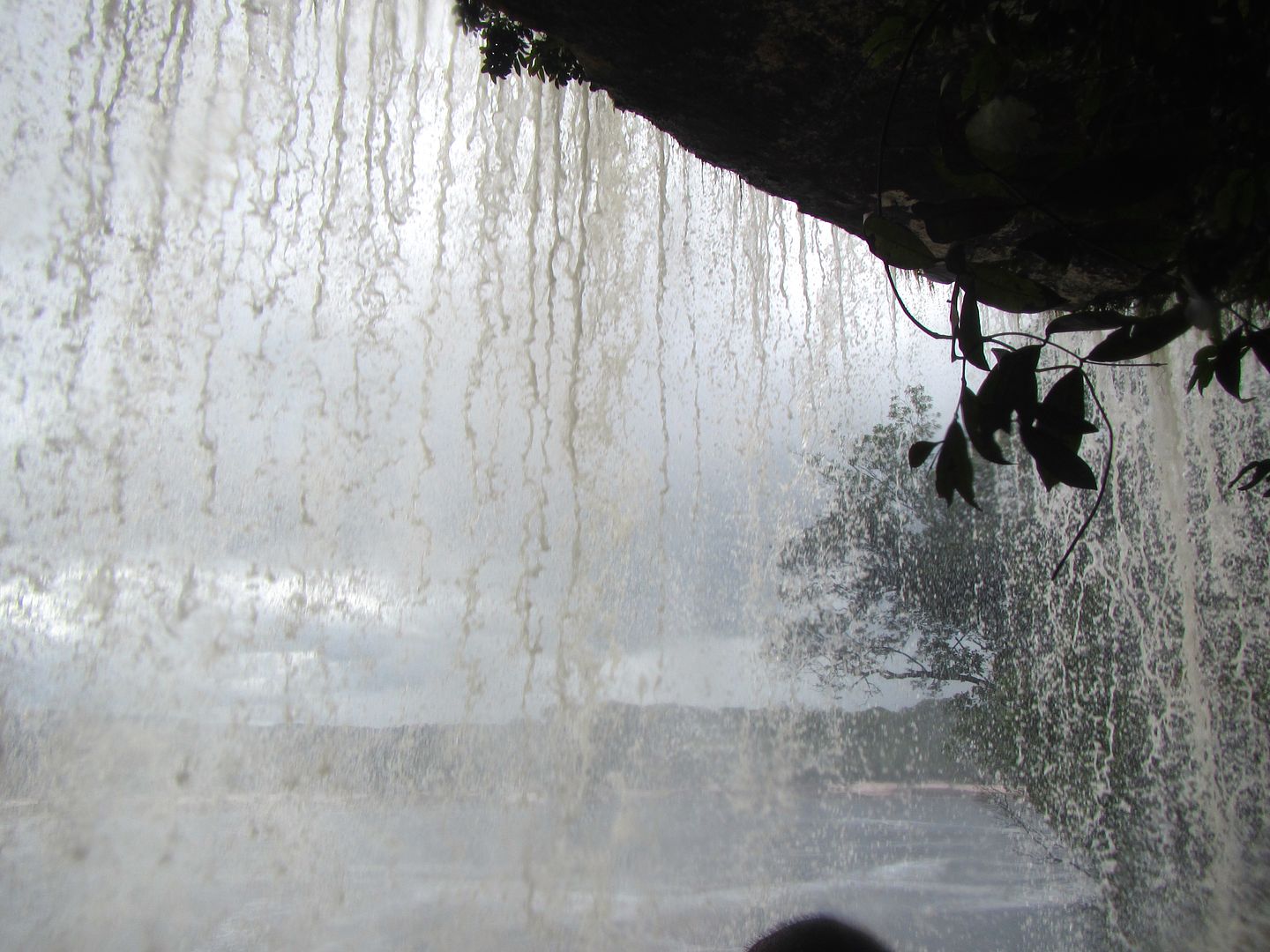
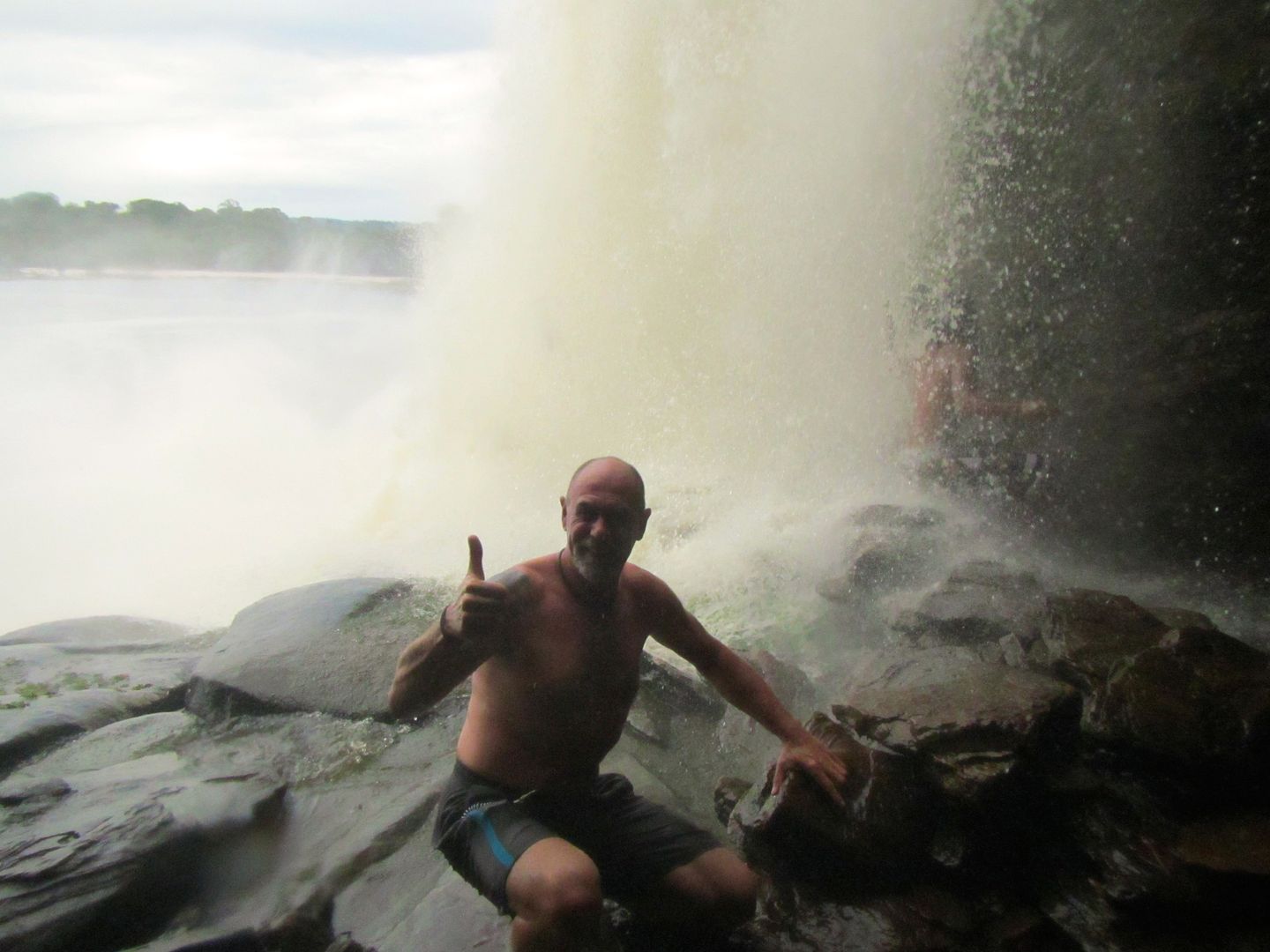
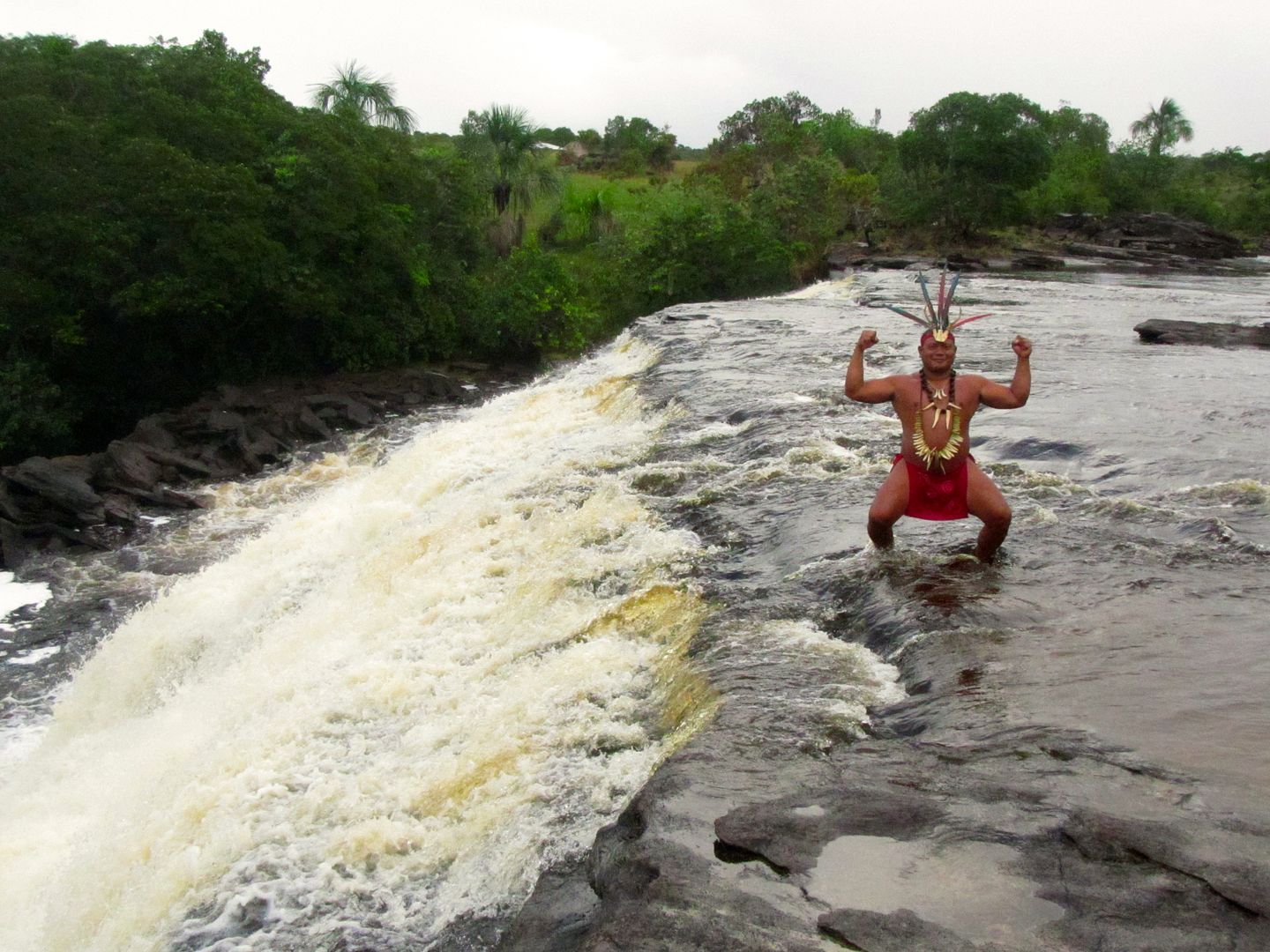
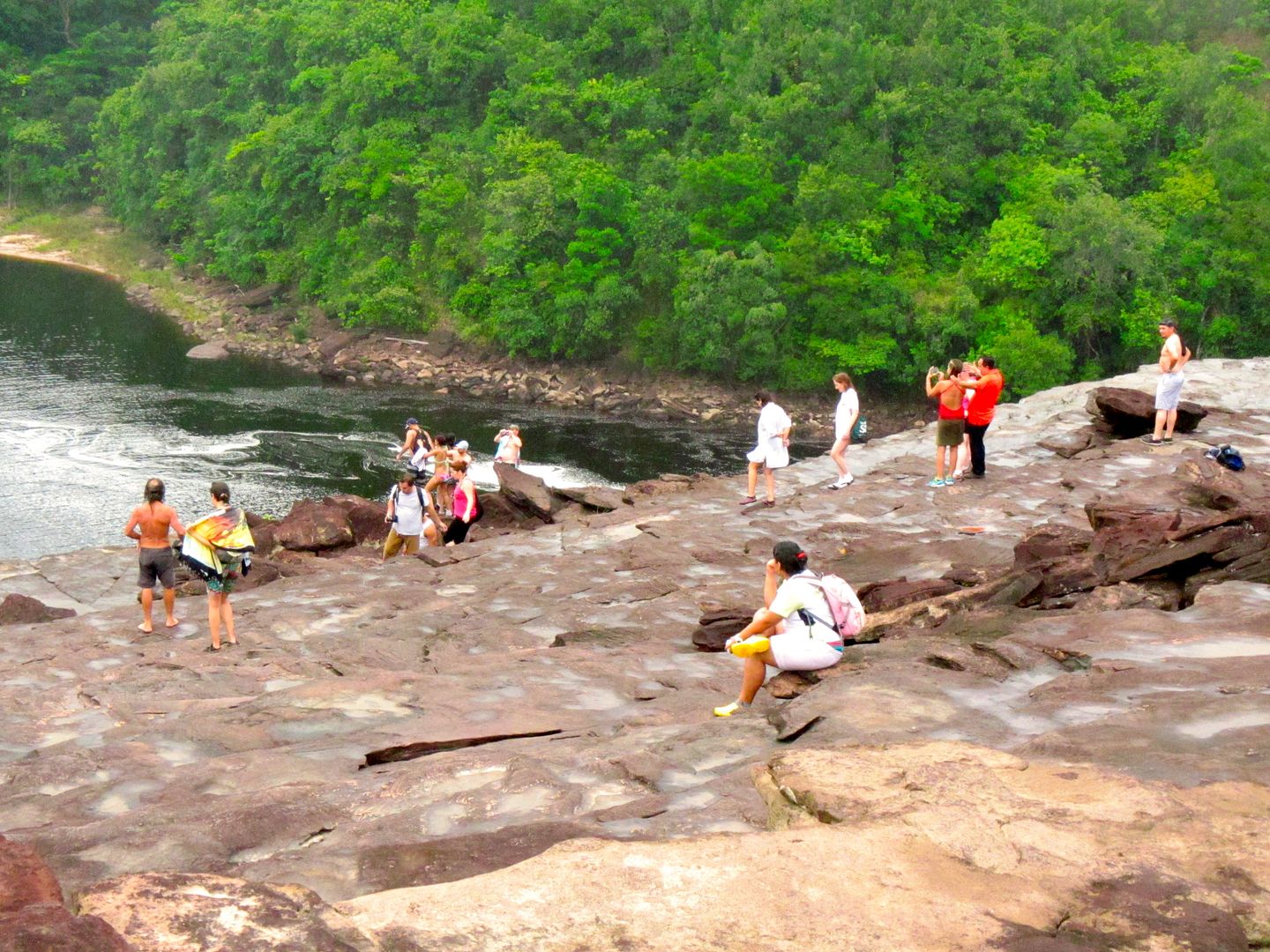

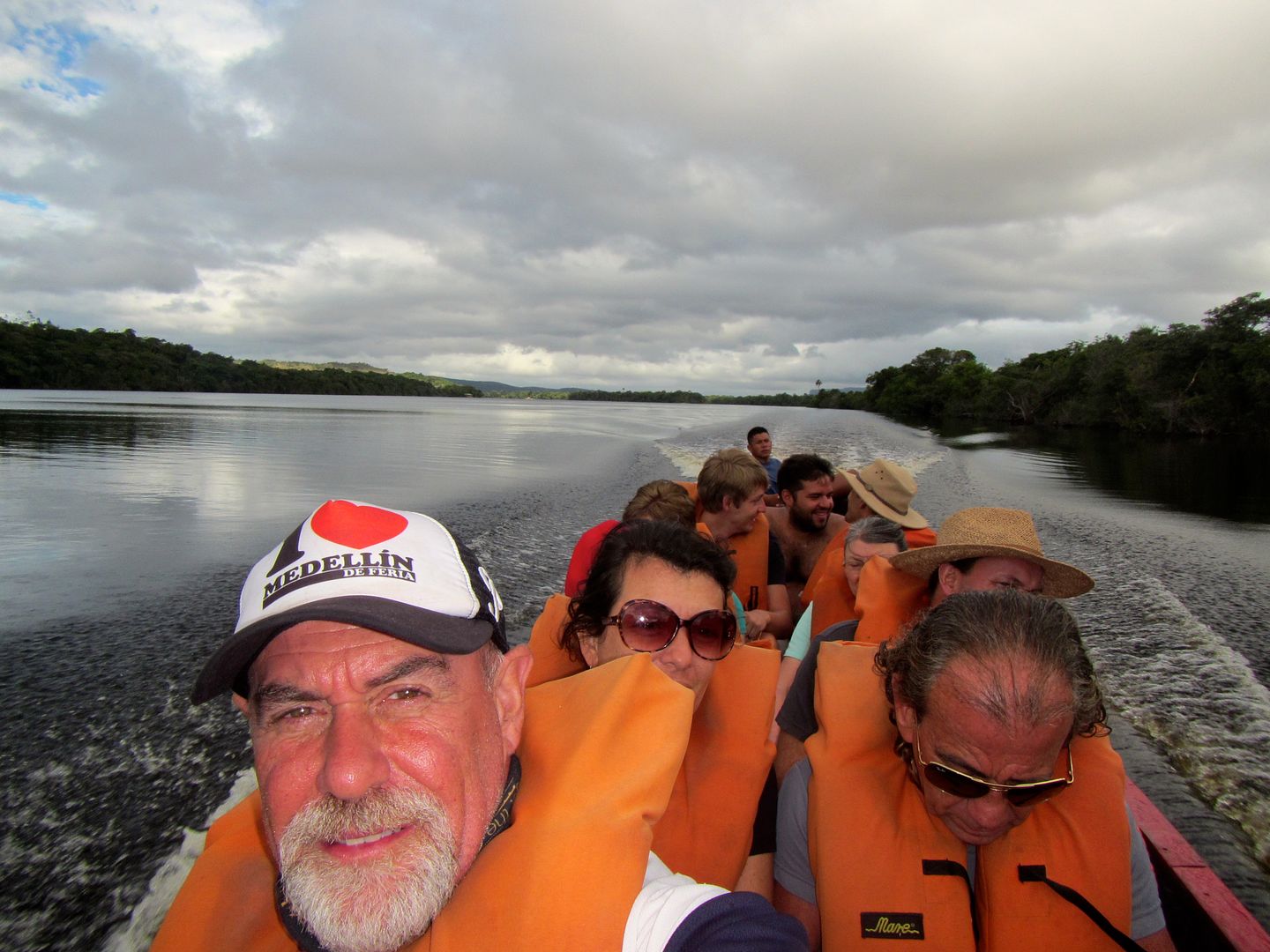
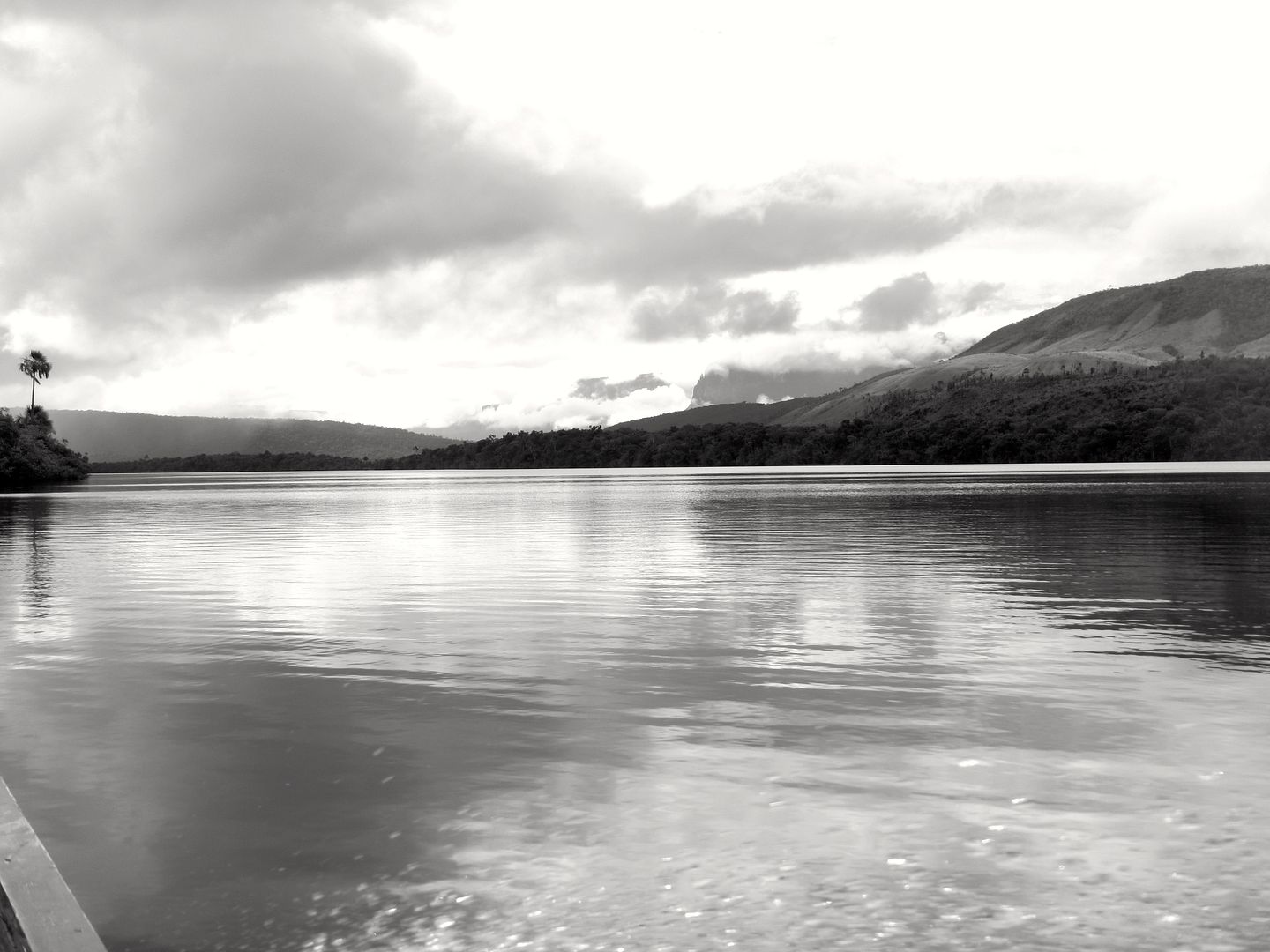
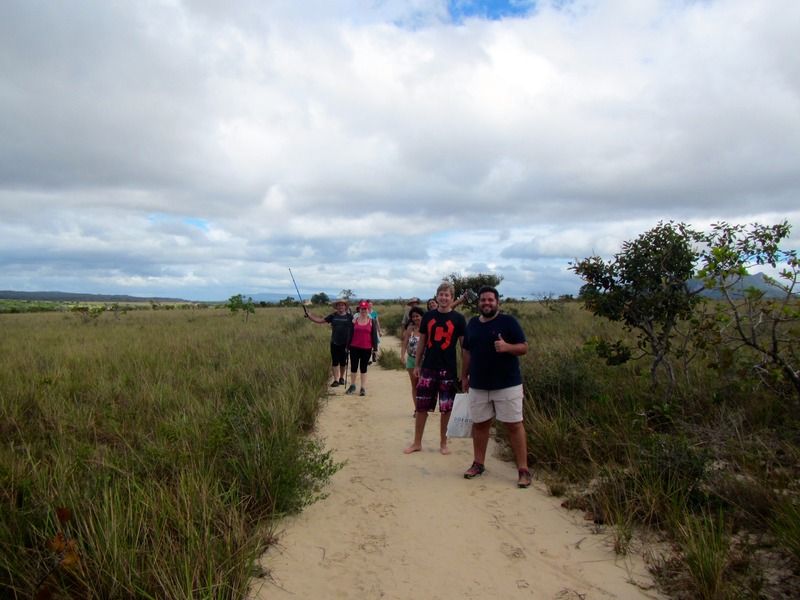

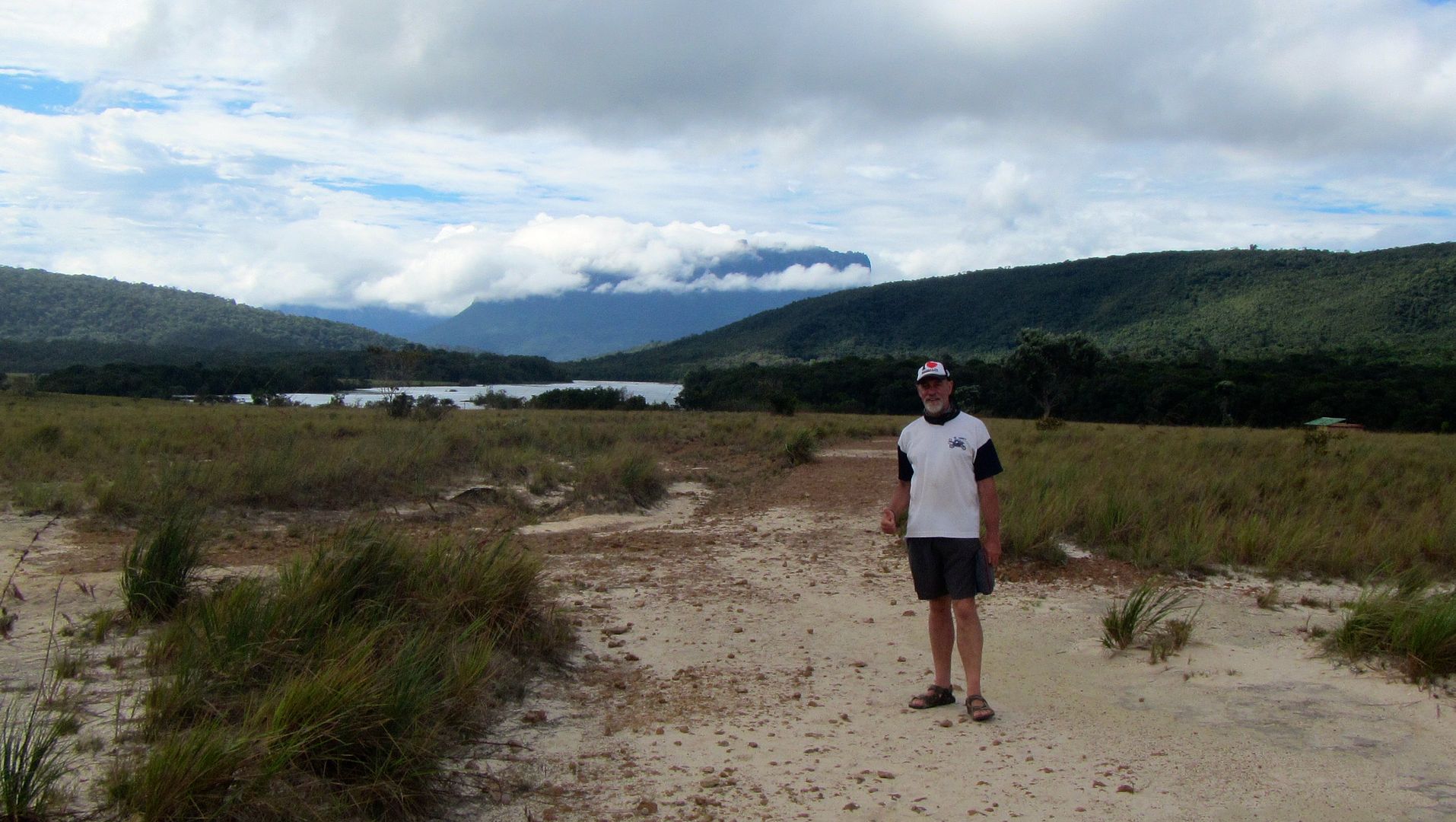
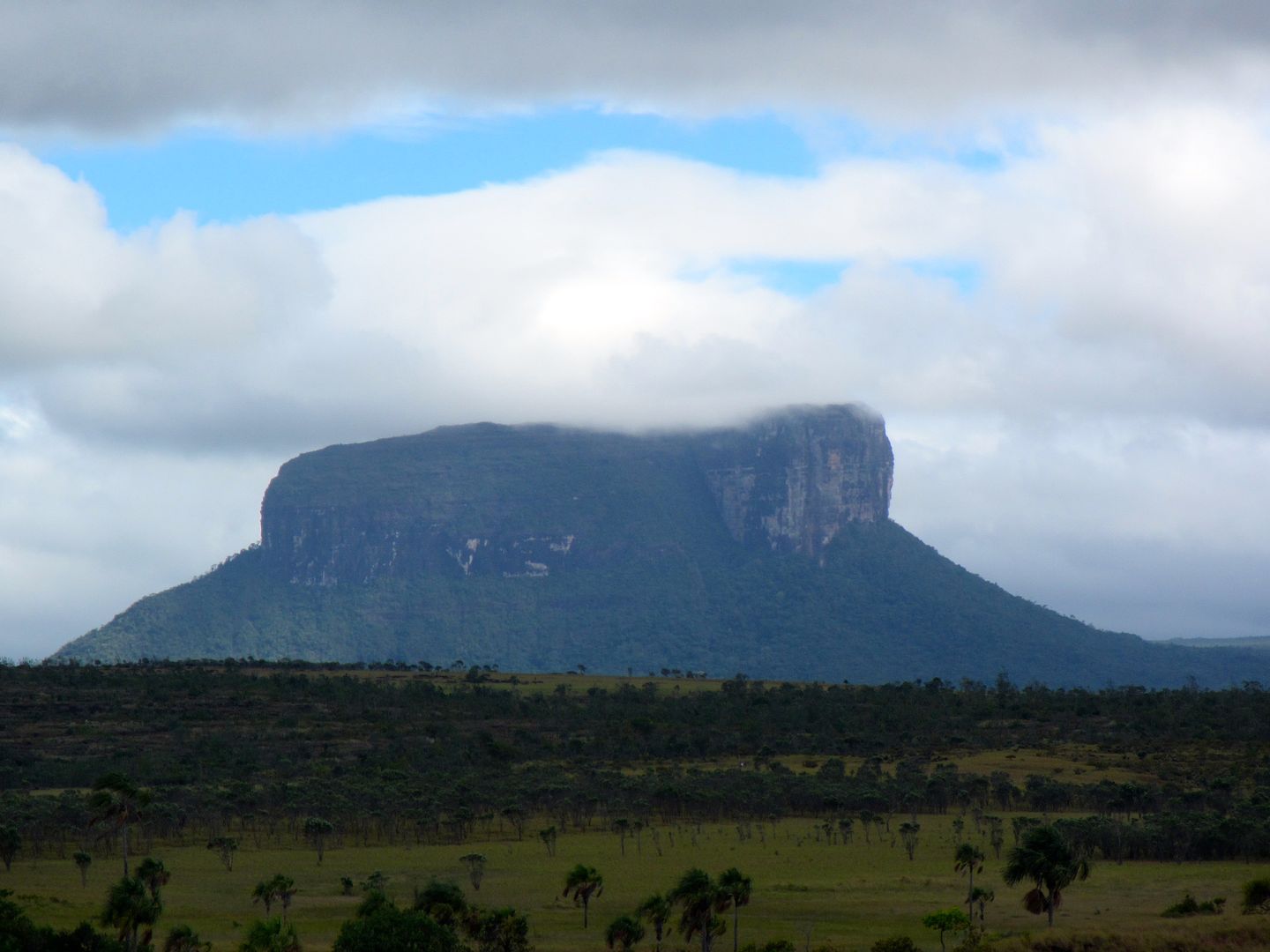
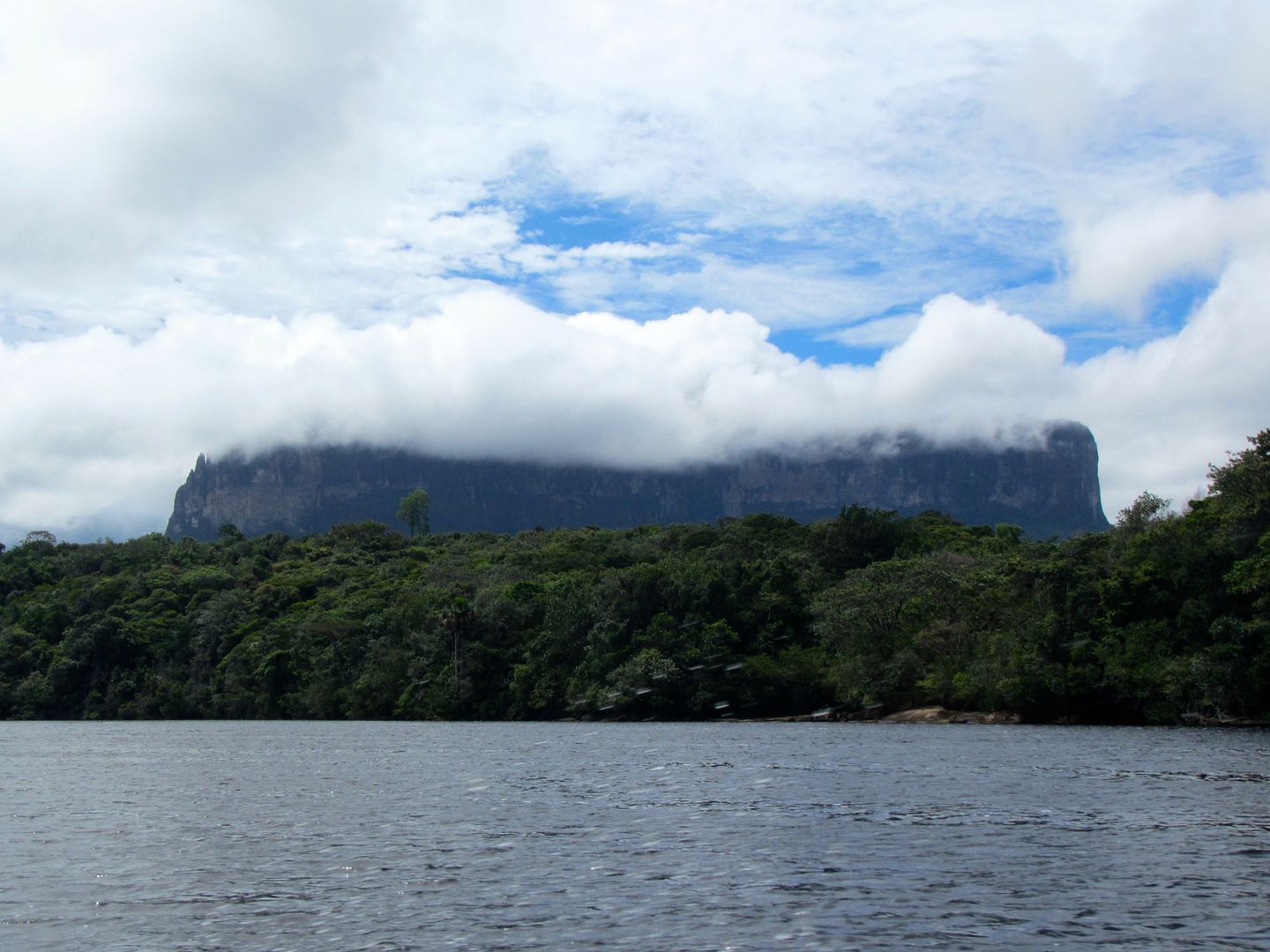
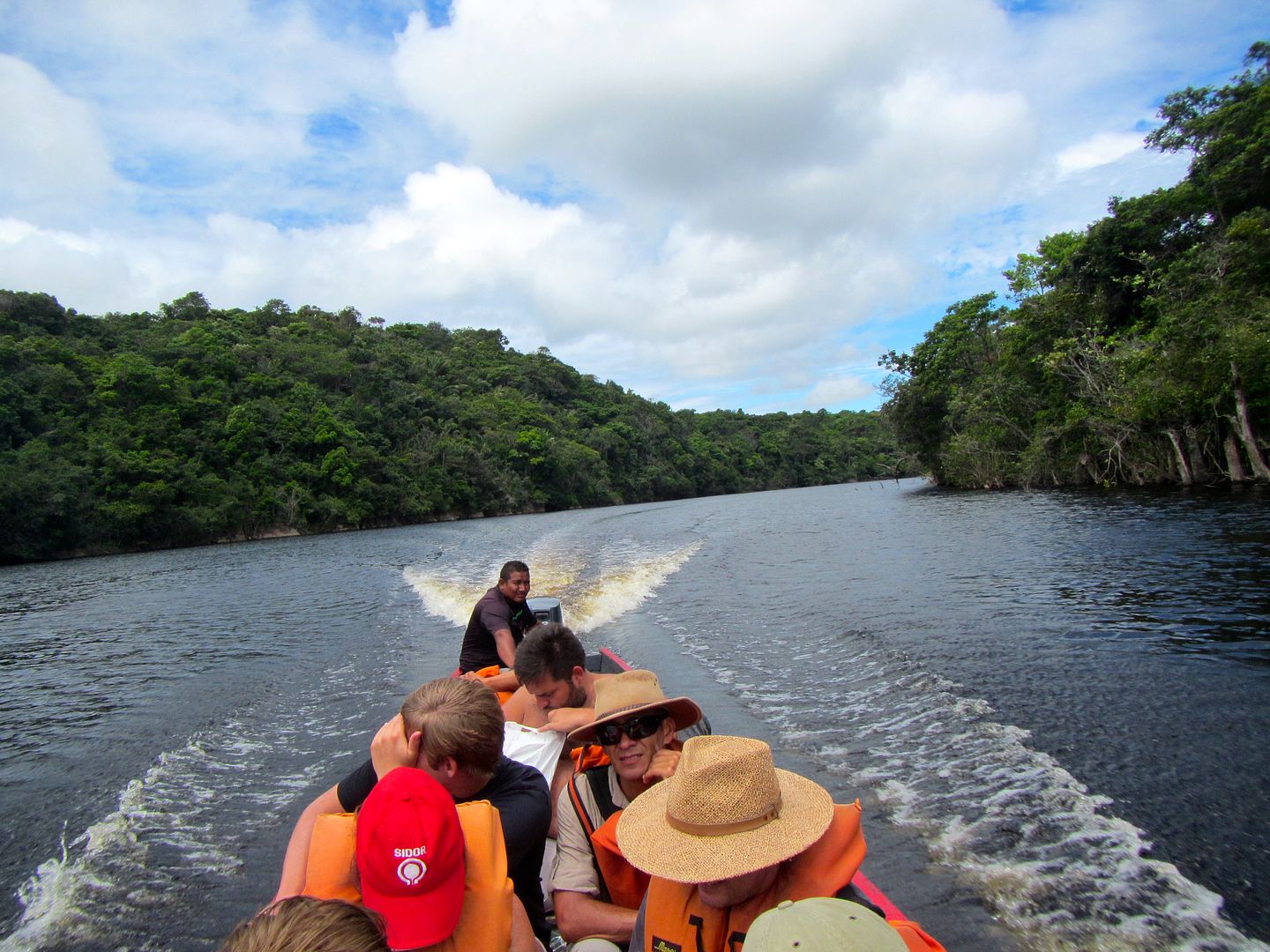
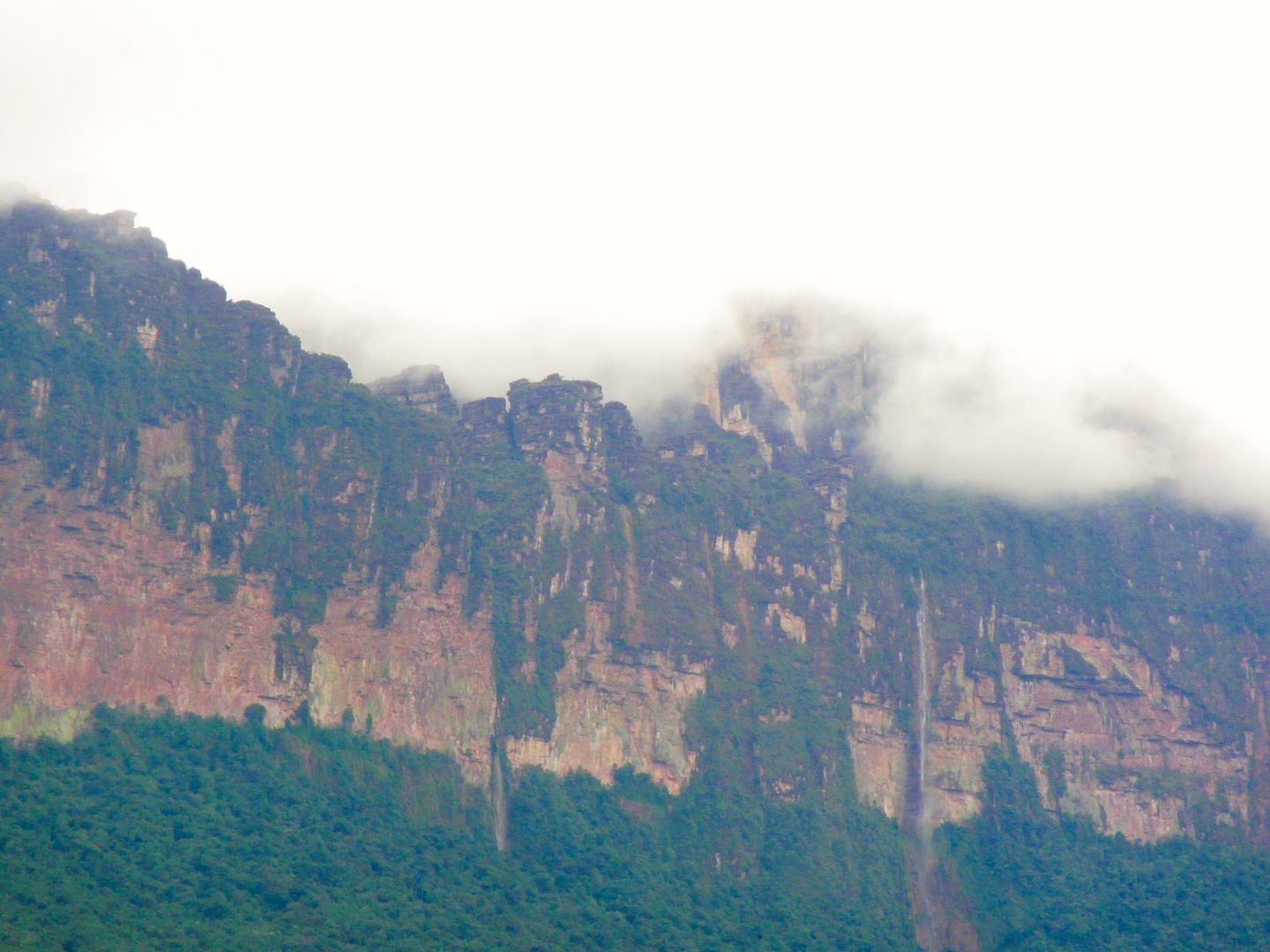
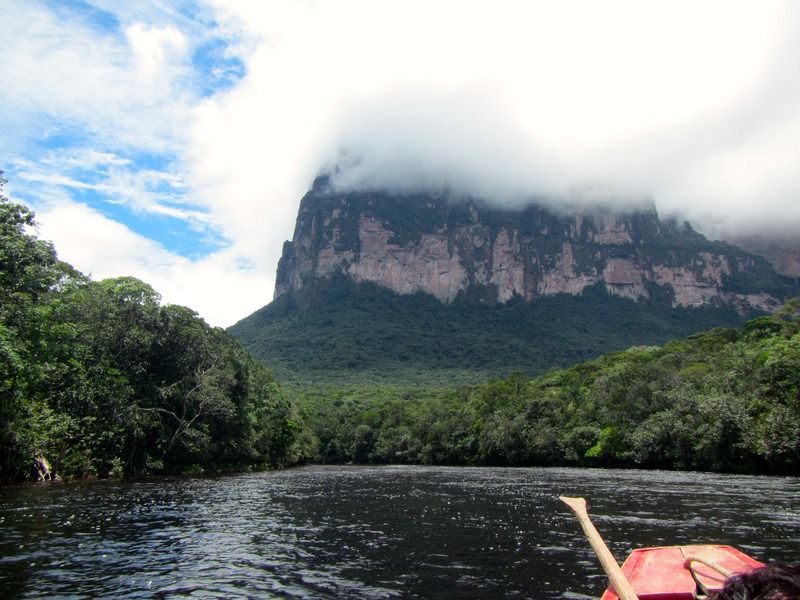
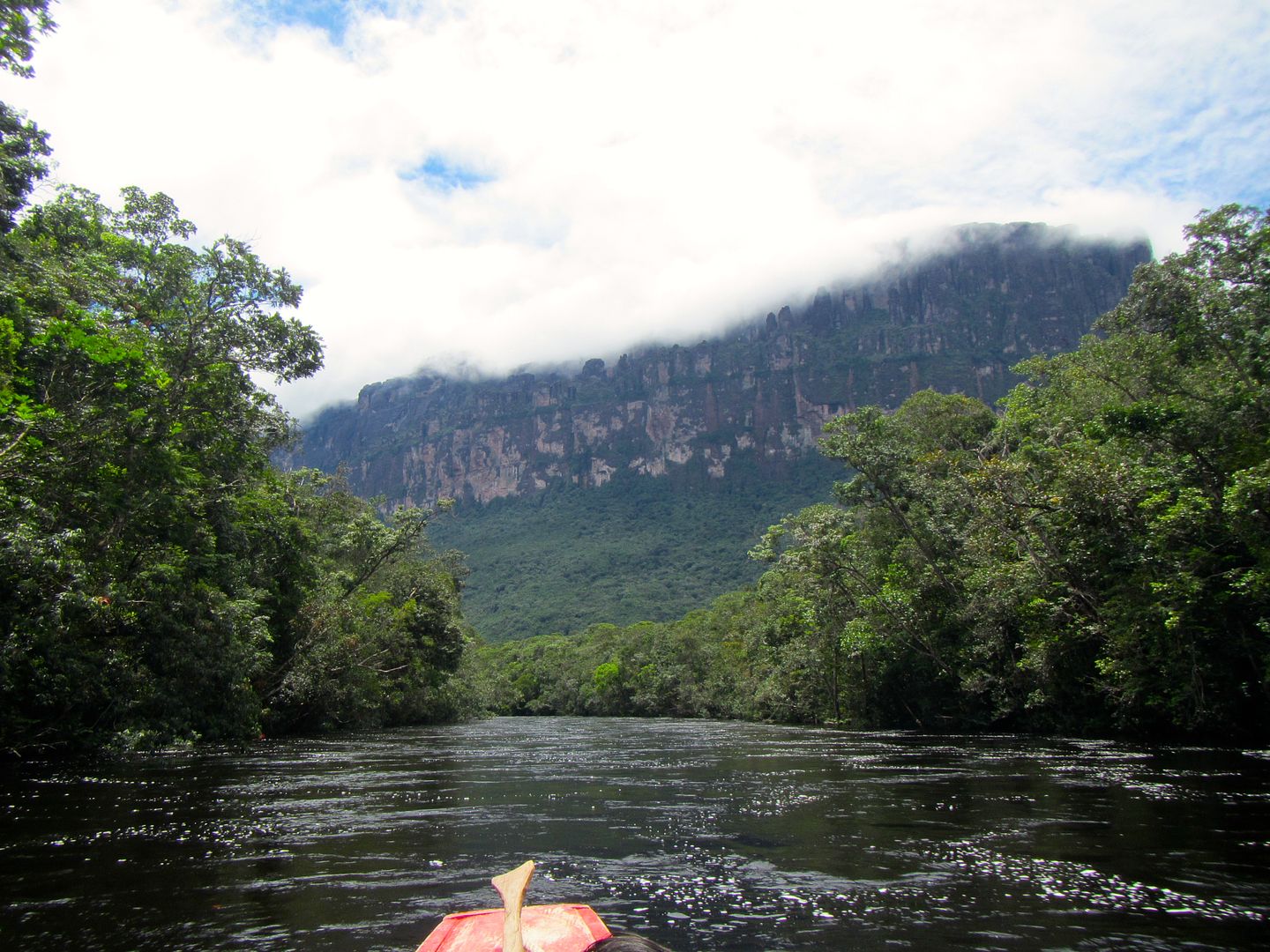
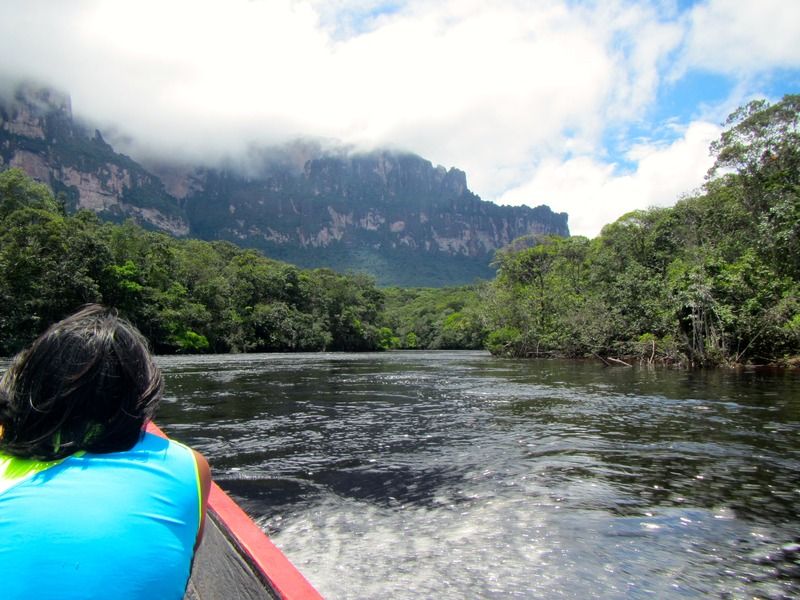
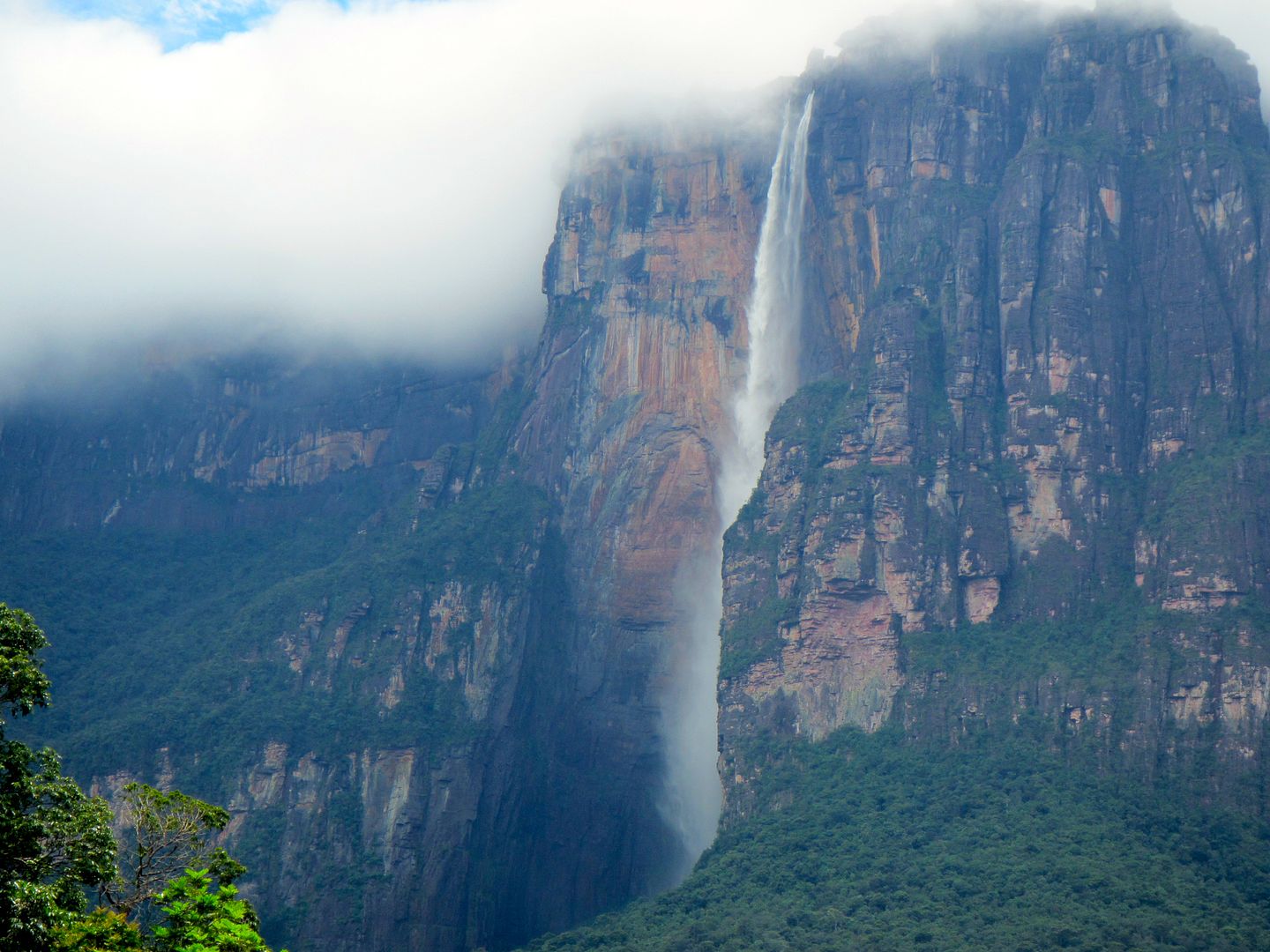
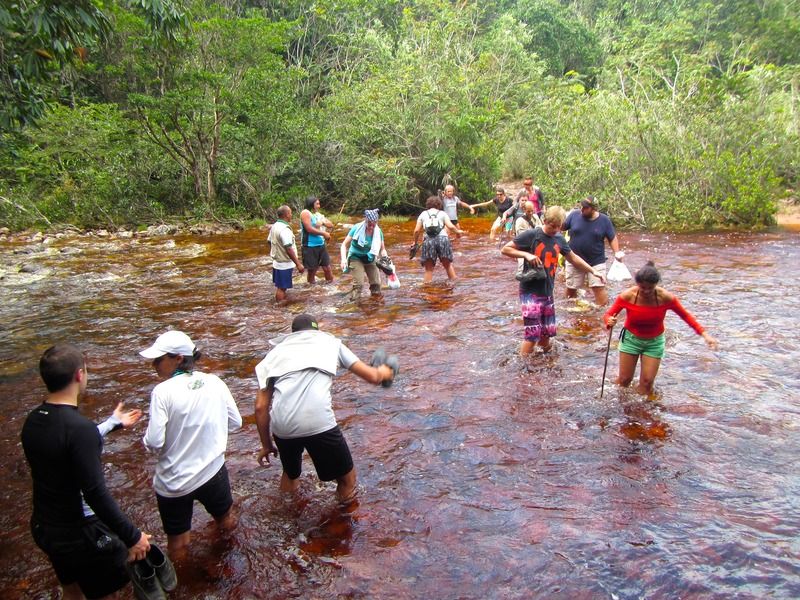

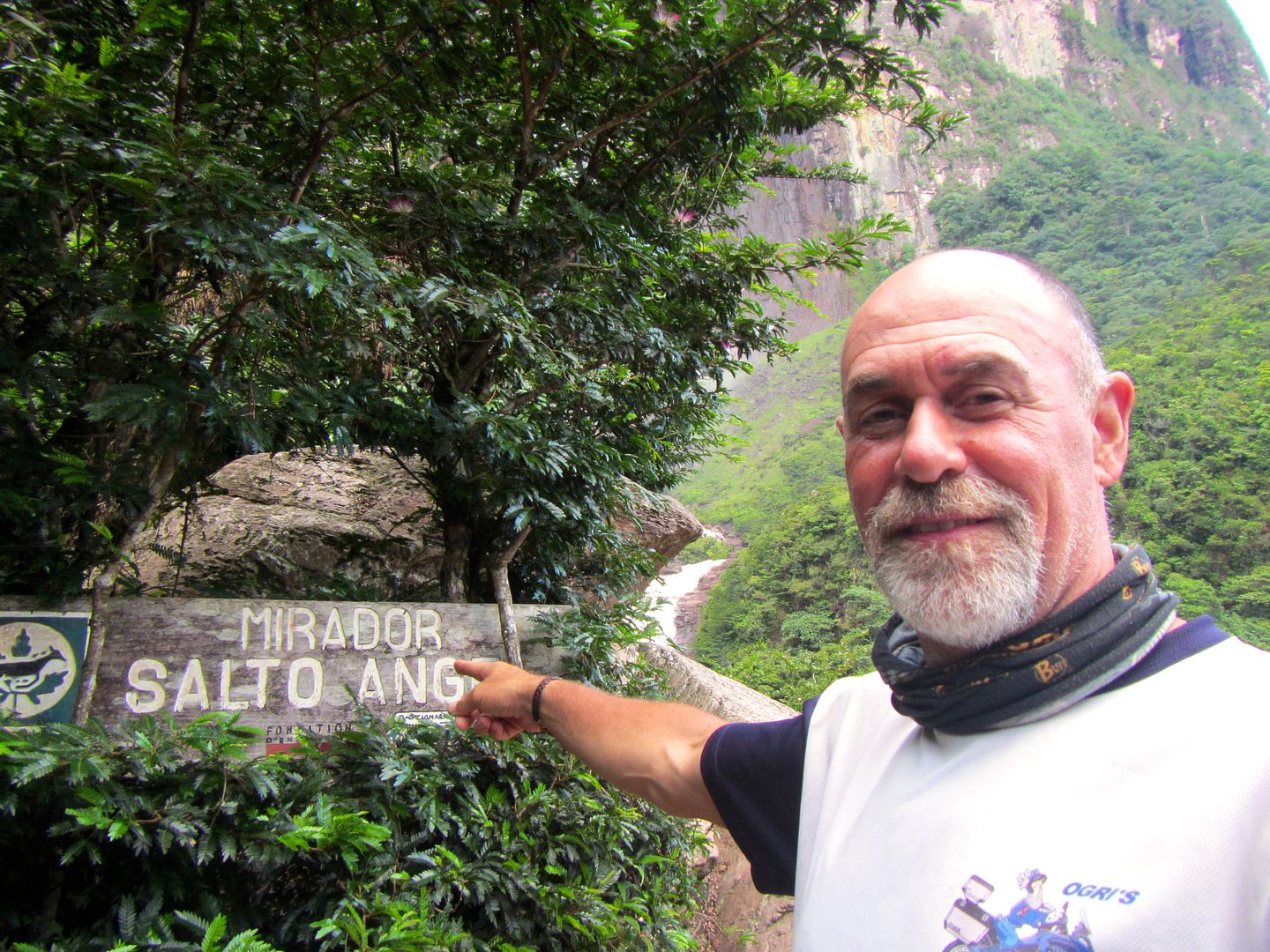
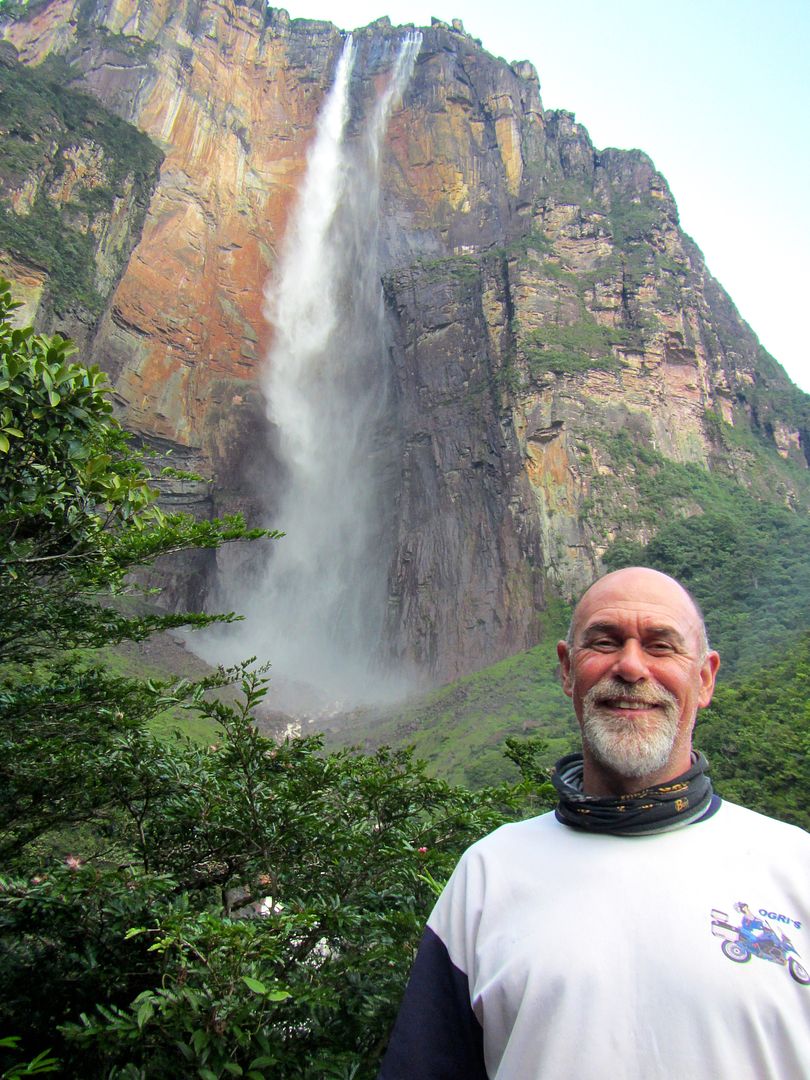
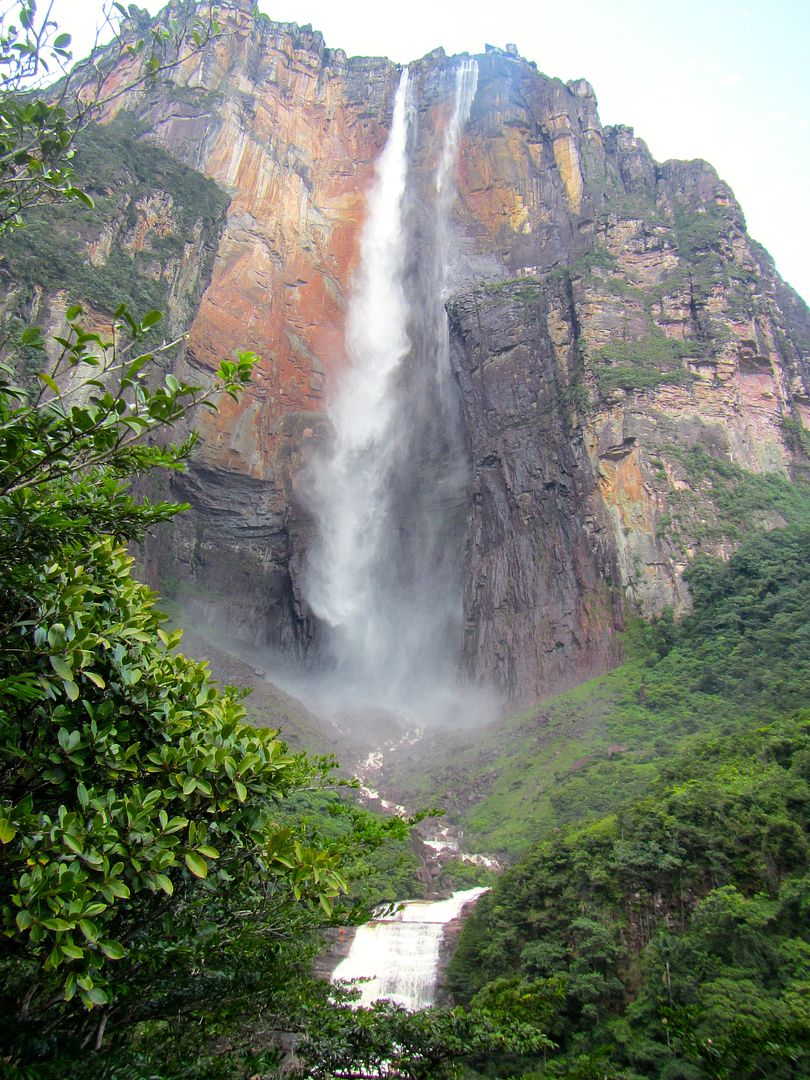
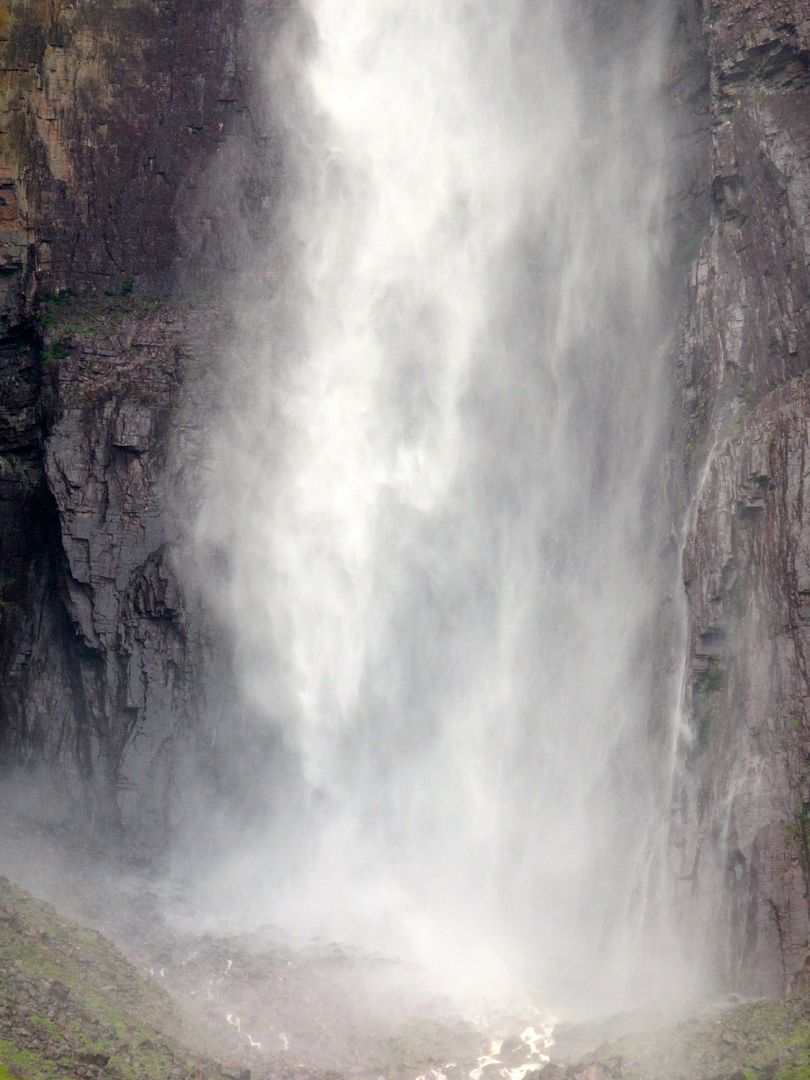
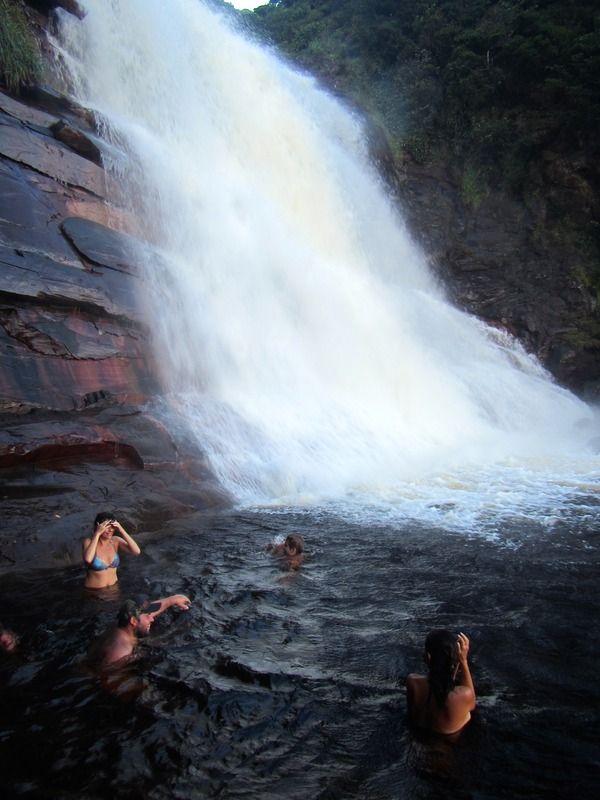
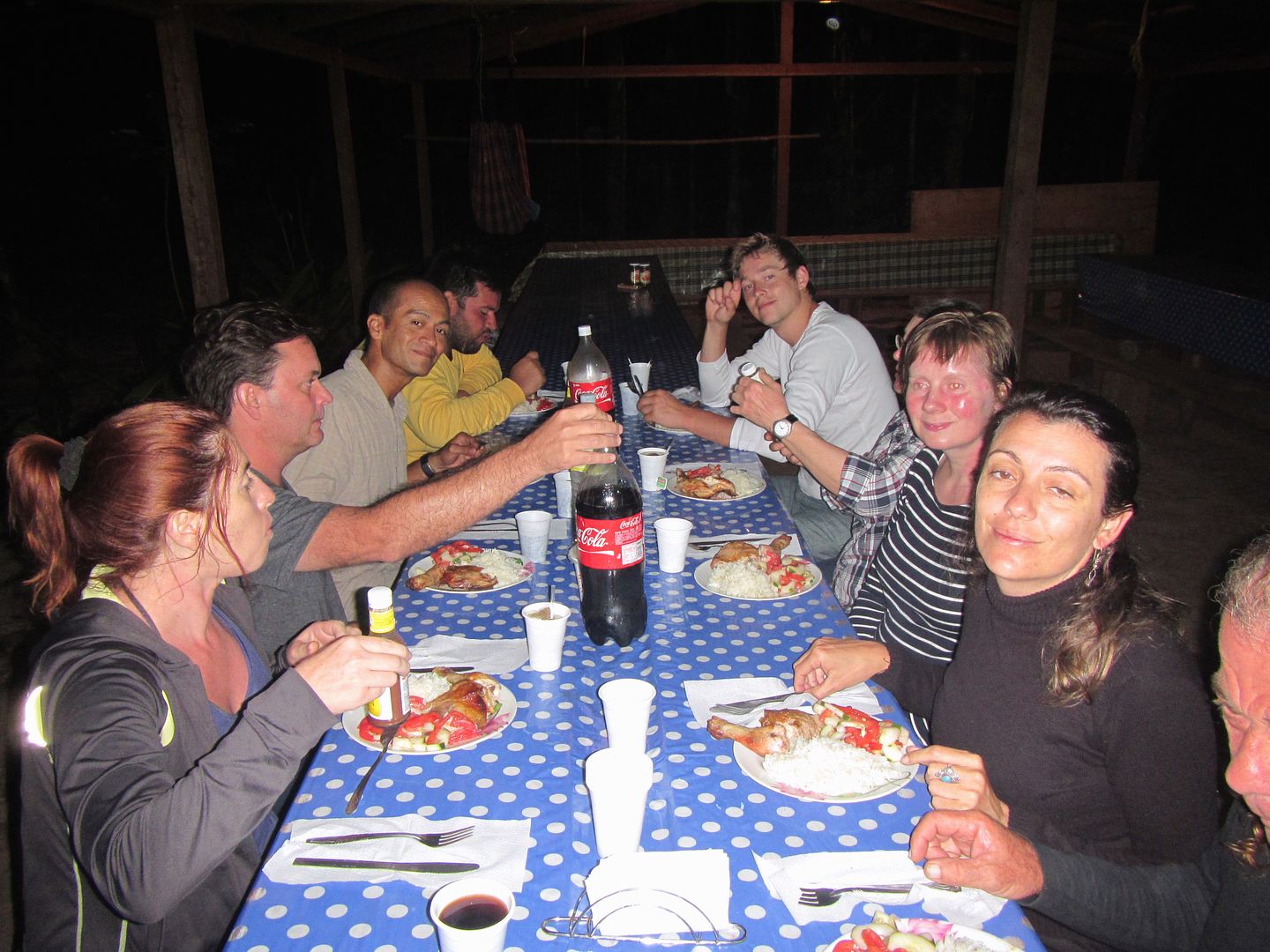
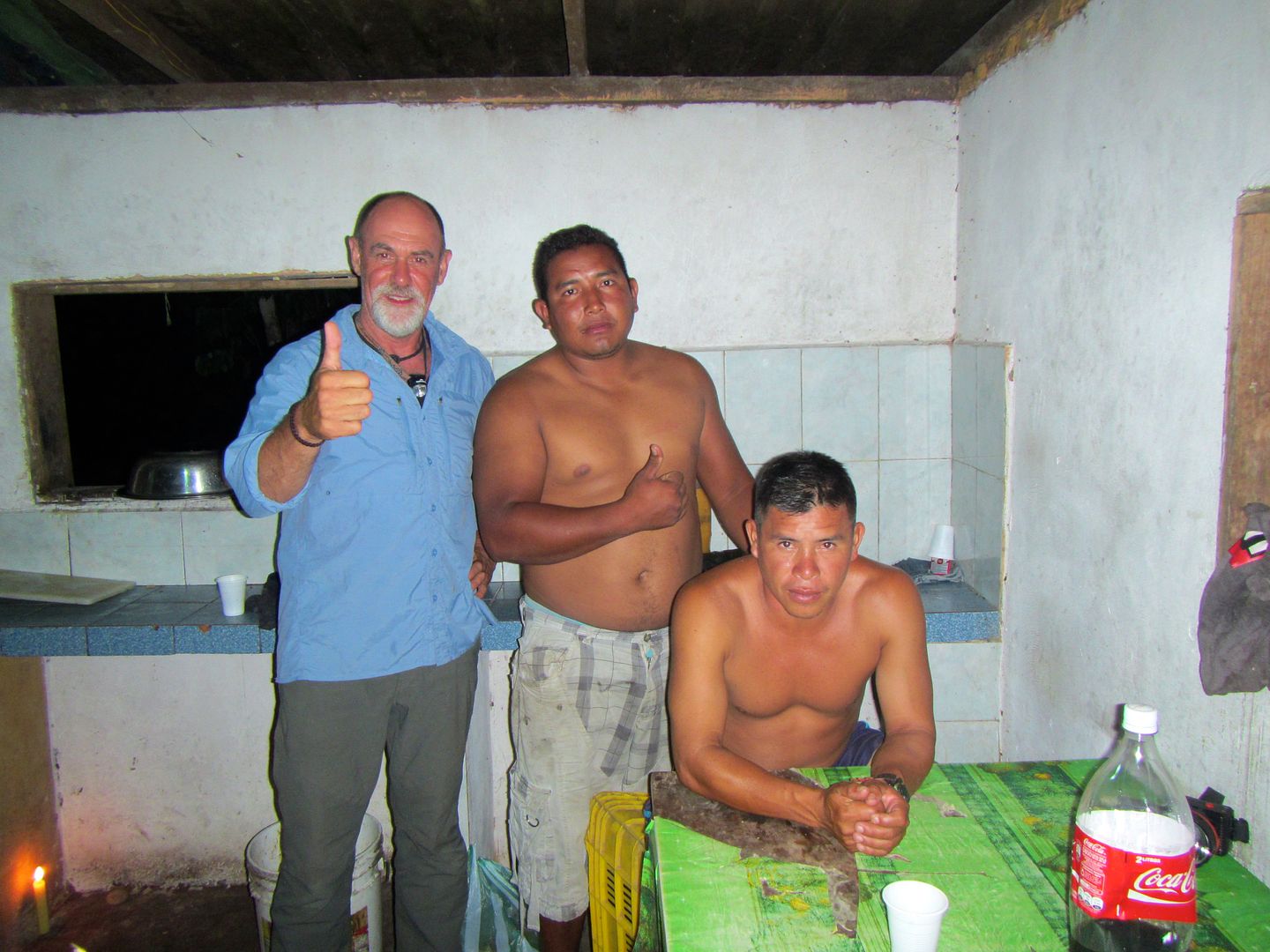
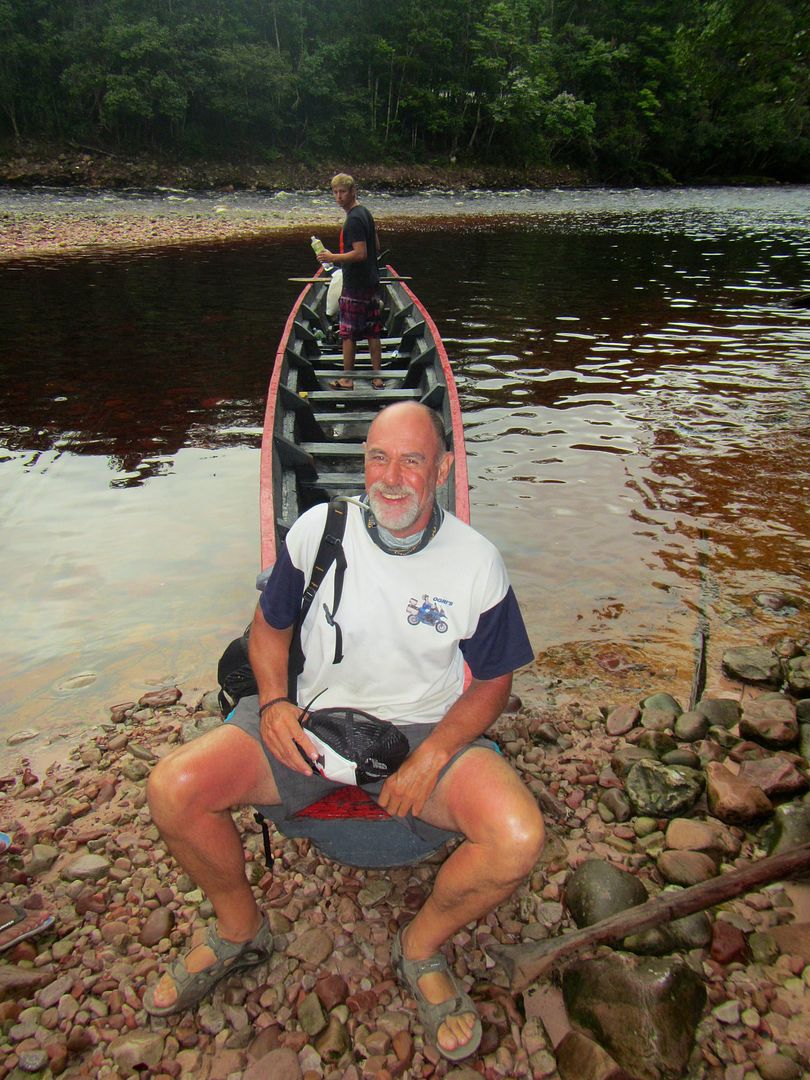
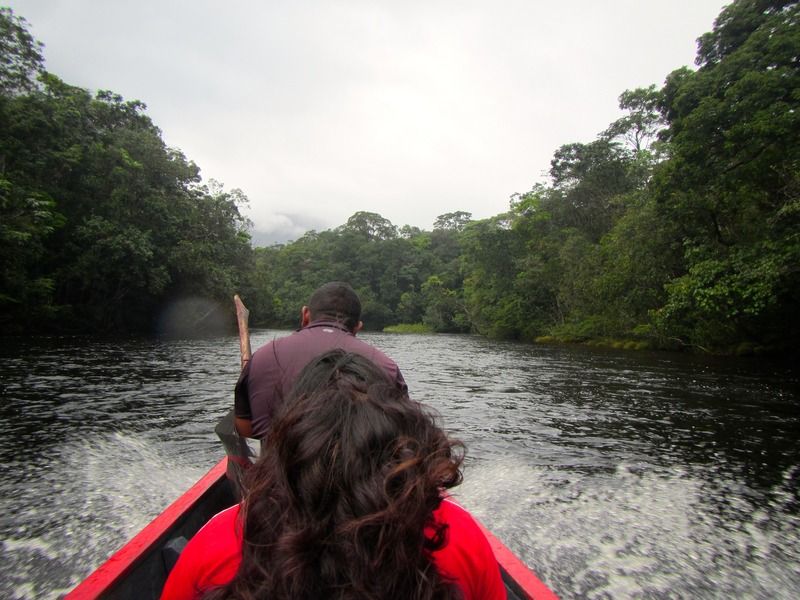

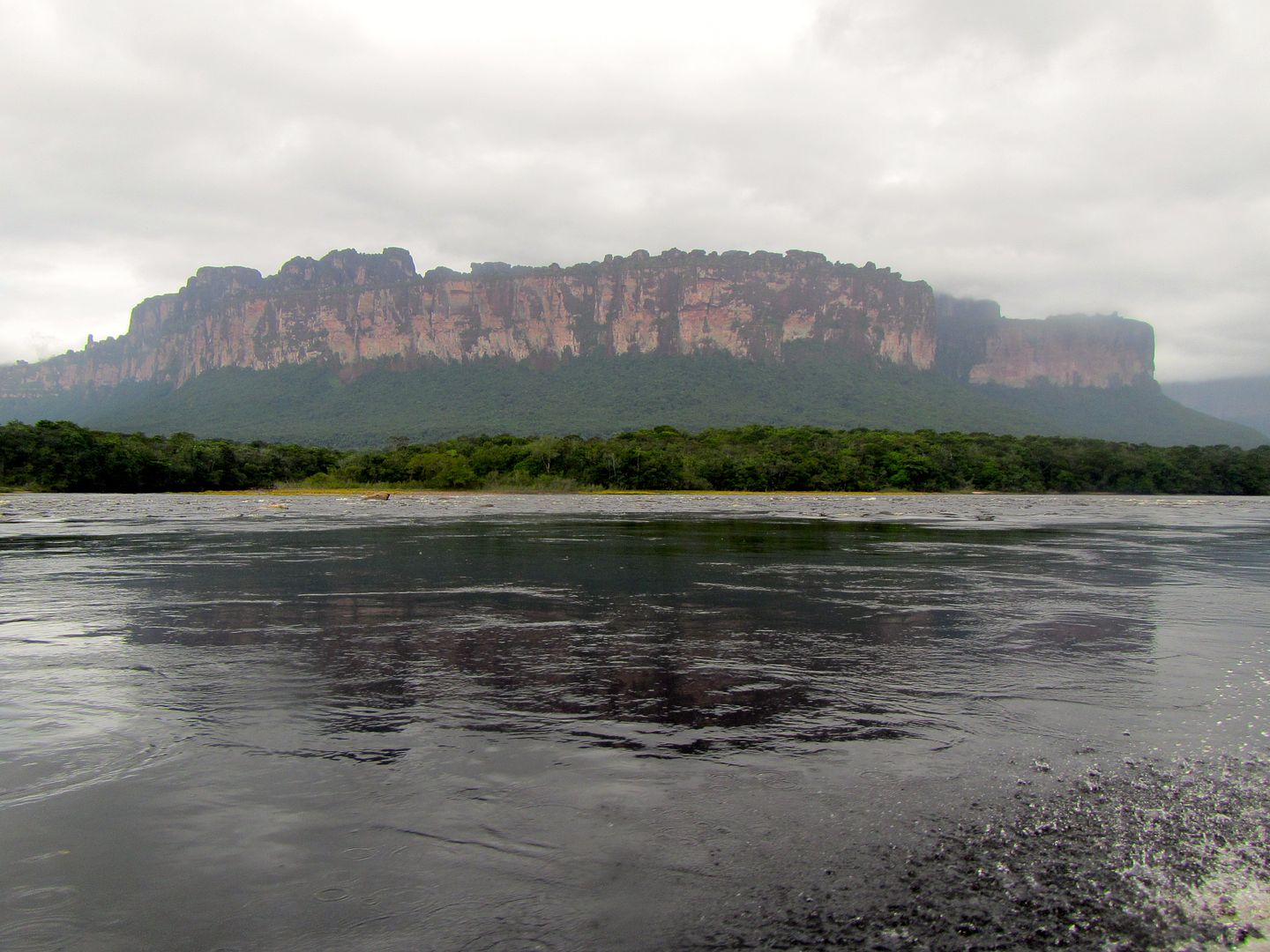
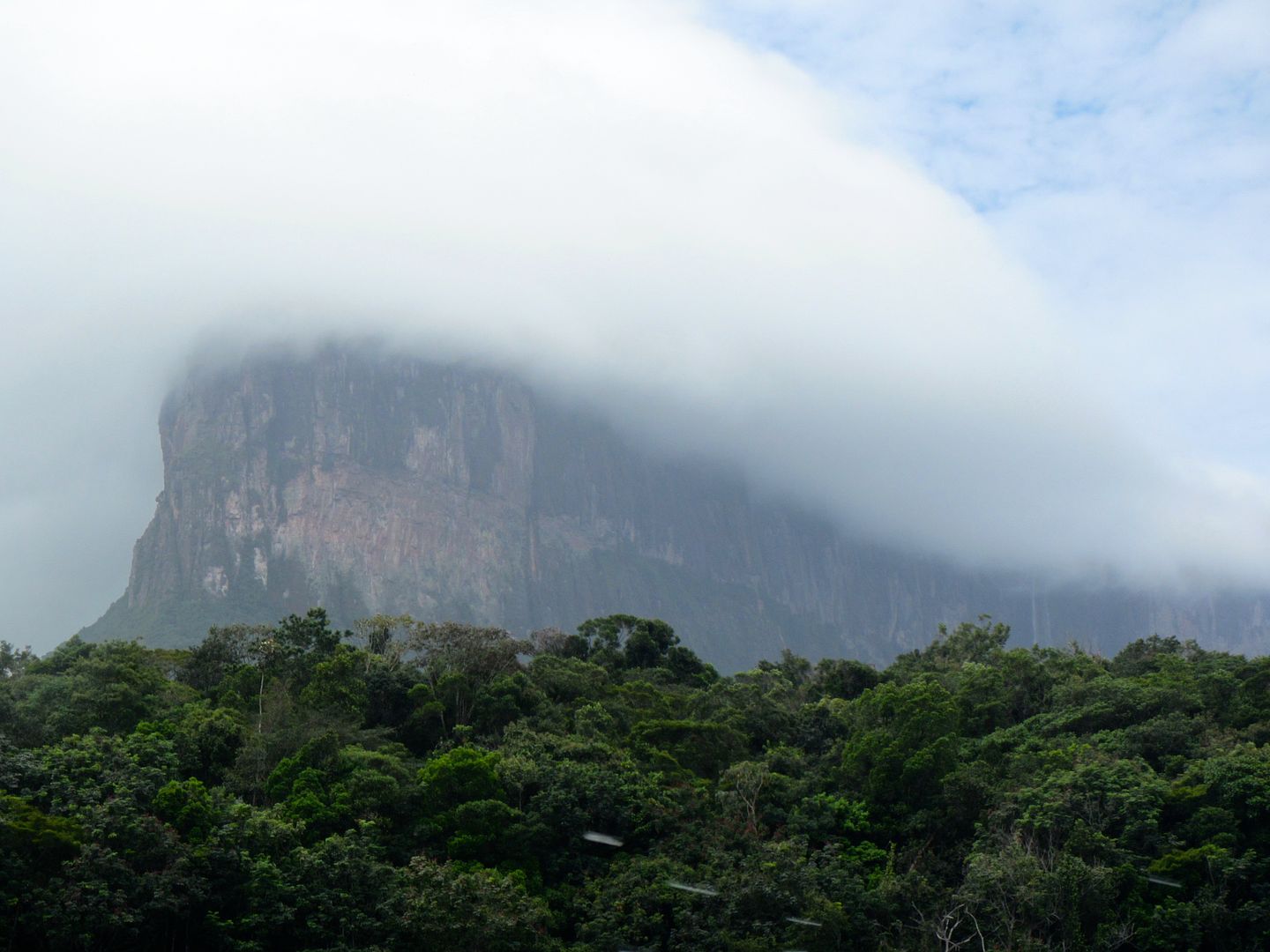
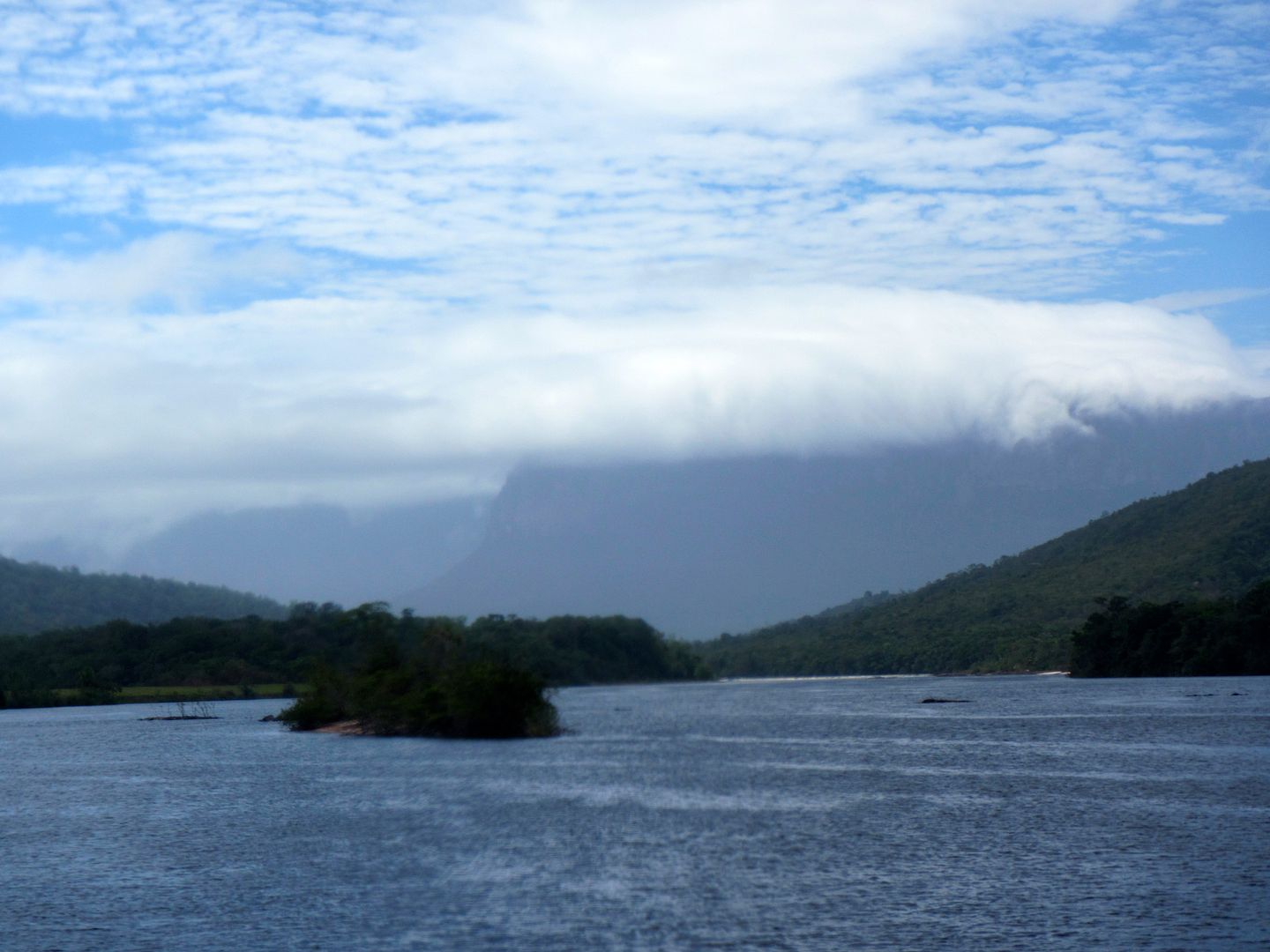
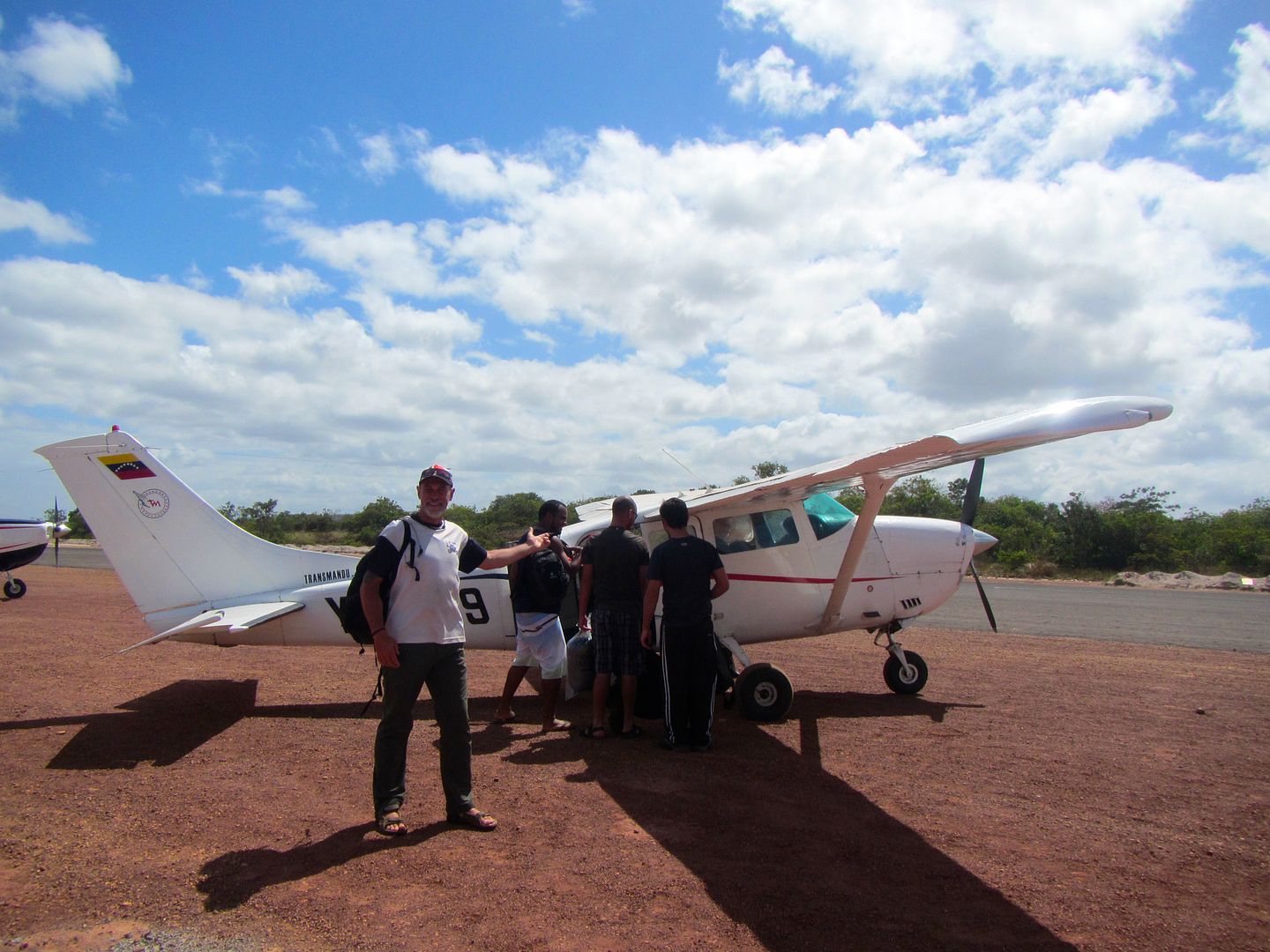

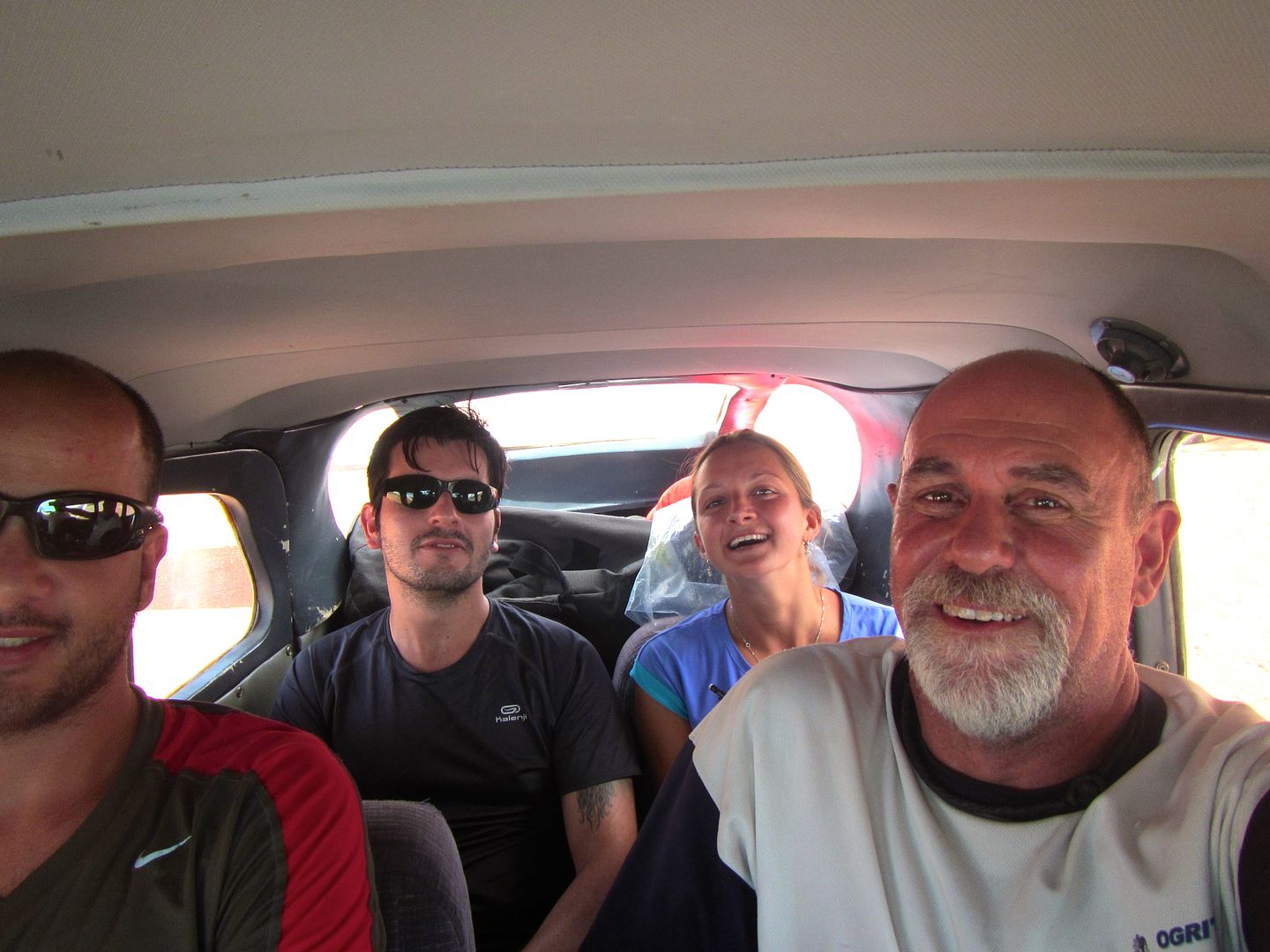
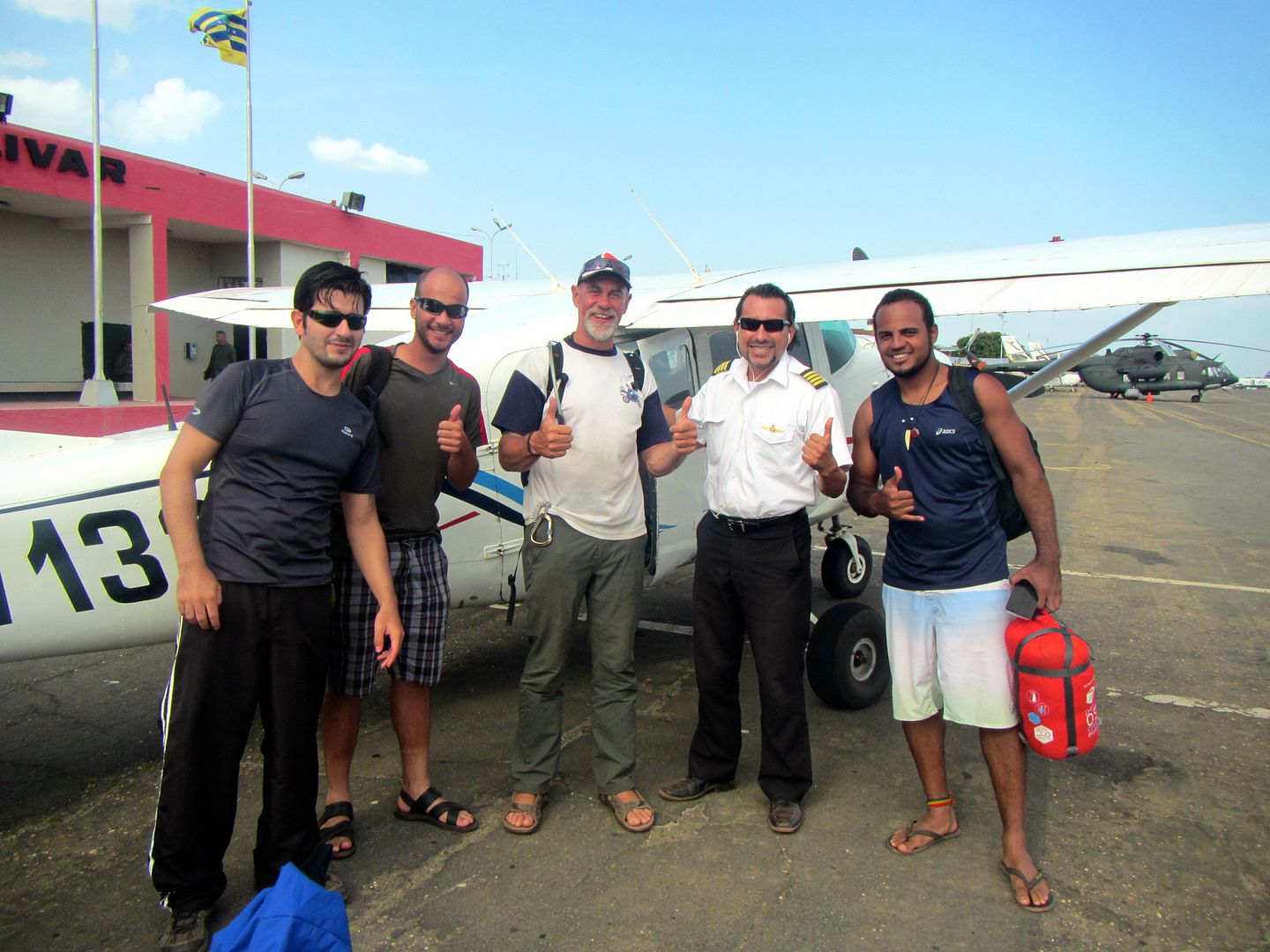
No comments:
Post a Comment